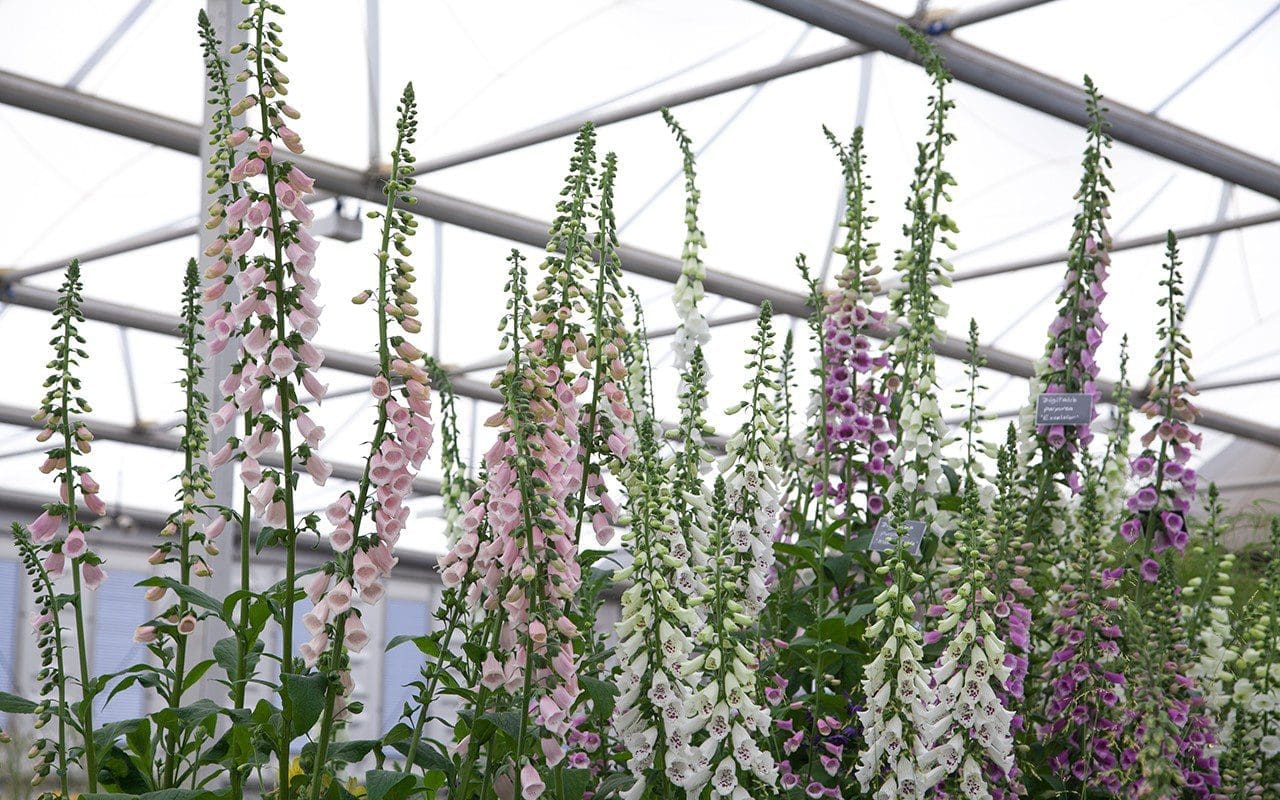
The word on the street was that this year’s Chelsea Flower Show was a little lacklustre, suffering somewhat from the late withdrawal of a number of show garden sponsors. However, the show always has something to delight at if you look hard enough.
Although there are increasingly fewer of them, the specialist nurseries in the Great Pavilion show what real, impassioned horticulture is all about. I always head there first, notebook in hand, to find the treasures that might inspire a new planting, or add an extra something to an established scheme. It is impossible to resist some of the plants on display and, as I place orders for later delivery, I visualise the changes the new arrivals will make with excitement.
A handful of the show gardens caught my attention this year but, despite the reduced number, there were several which repaid closer viewing. I made notes on a number of new plants and well-considered combinations. These are some of the things that caught my eye.
I’m on a slightly unstoppable peony roll at the moment and, as well as ordering some tenuifolia hybrids, I hankered after these from Binny Plants.
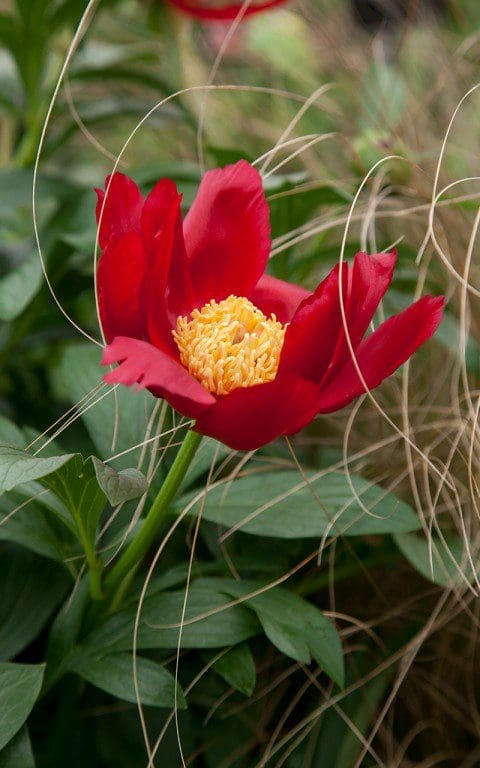 Paeonia ‘Mahogany’
Paeonia ‘Mahogany’
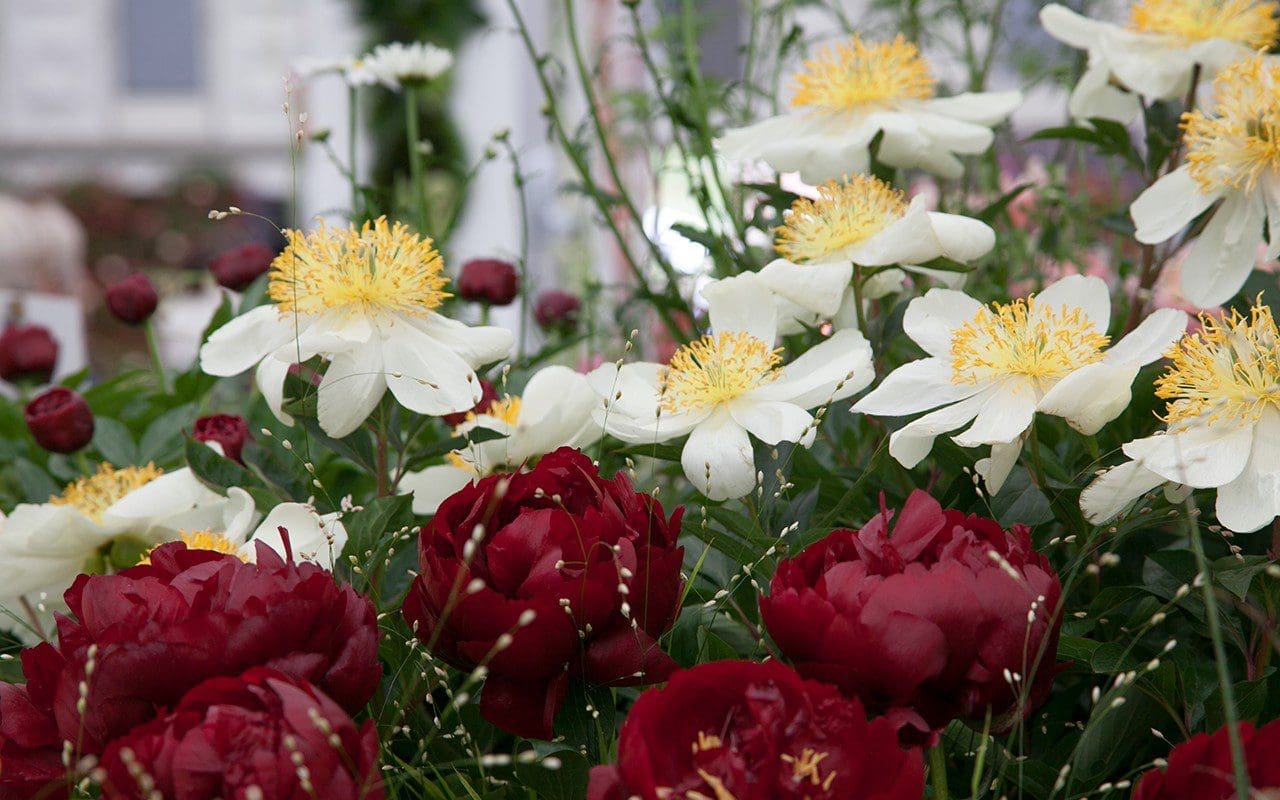 Paeonia ‘Claire de Lune’ & Paeonia ‘Buckeye Belle’
Paeonia ‘Claire de Lune’ & Paeonia ‘Buckeye Belle’
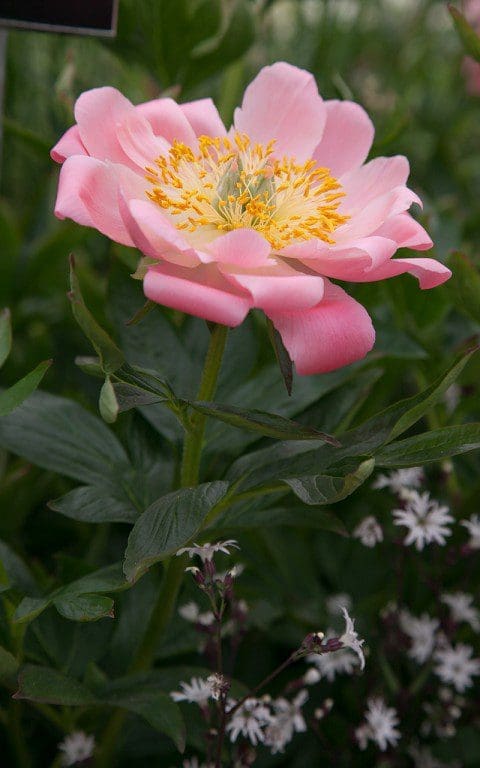 Paeonia ‘Pink Hawaiian Coral’
Paeonia ‘Pink Hawaiian Coral’
And these from Kelways.
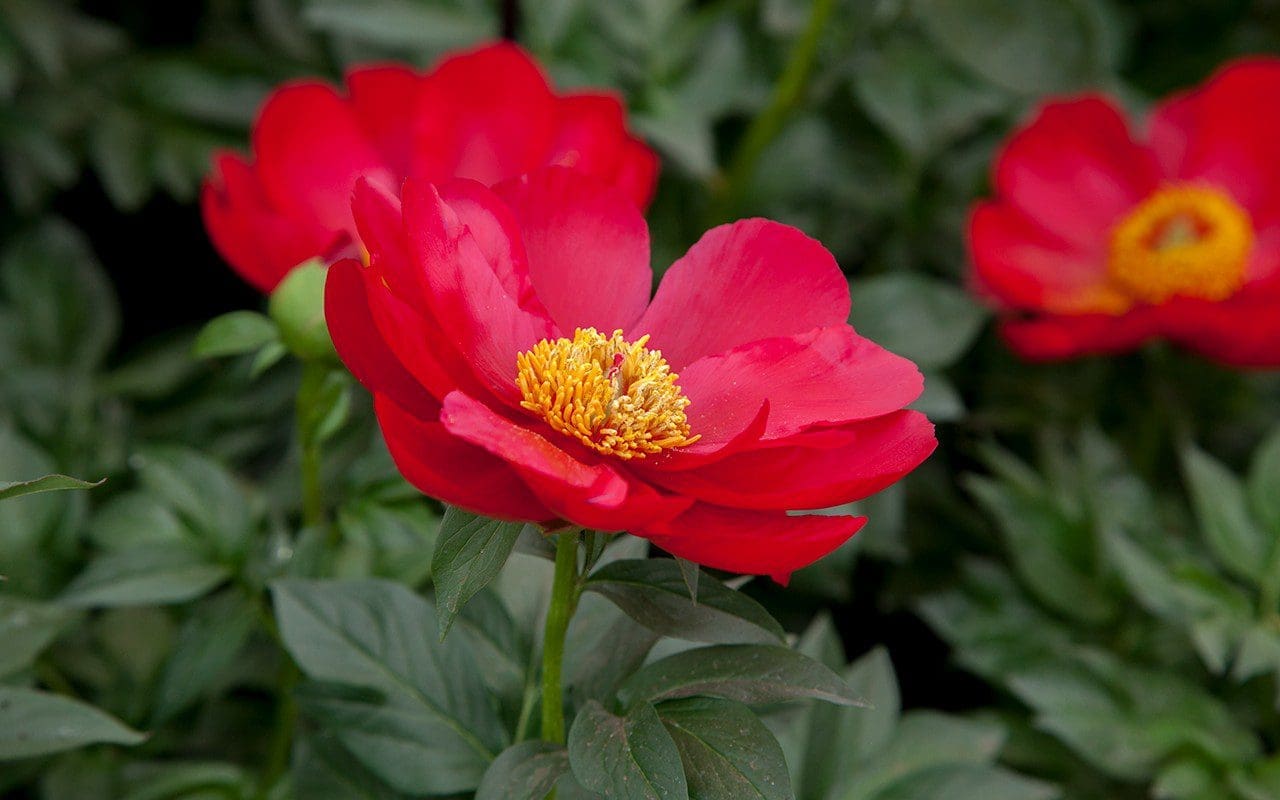 Paeonia ‘Blaze’
Paeonia ‘Blaze’
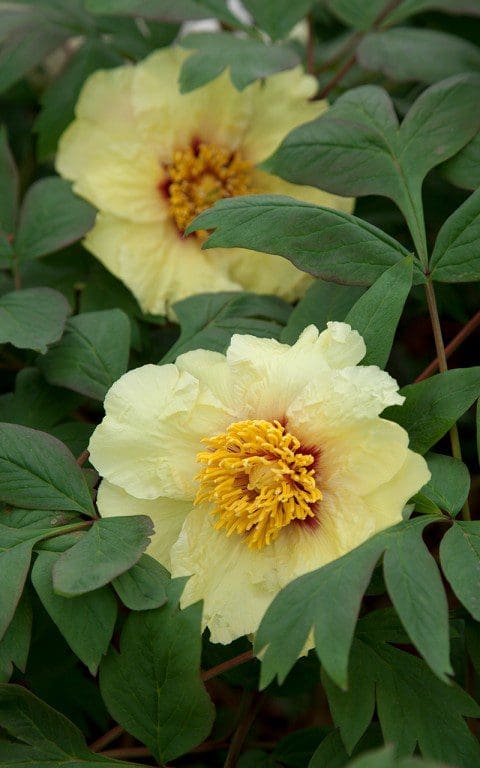 Paeonia ‘Roman Gold’
Paeonia ‘Roman Gold’
I always seek out Kevock Garden Plants, who supplied a huge number of the tangerine Primula ‘Inverewe’ that was one of the stars of my last Chelsea show garden. The delicacy and perfection of their display never fails to render me speechless. A garden fairyland that takes me right back to my childhood. Stella Rankin, one of the owners, told me that this year they had a new helper with a background in floristry set up the stand, and there were some sophisticated and bold colour combinations.
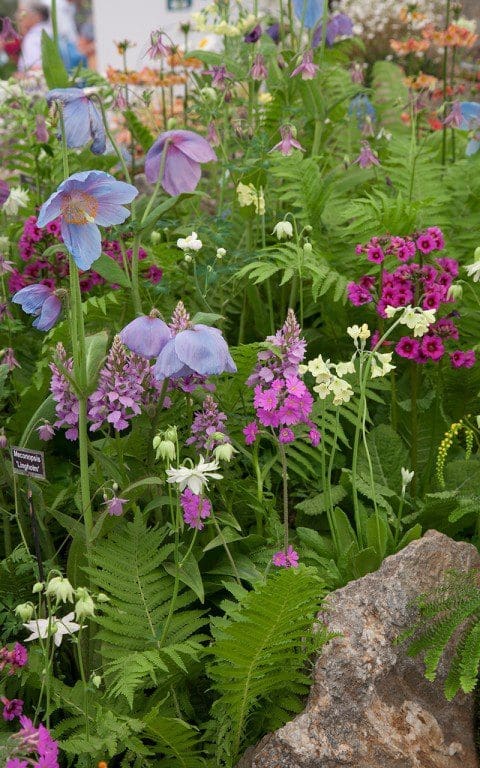
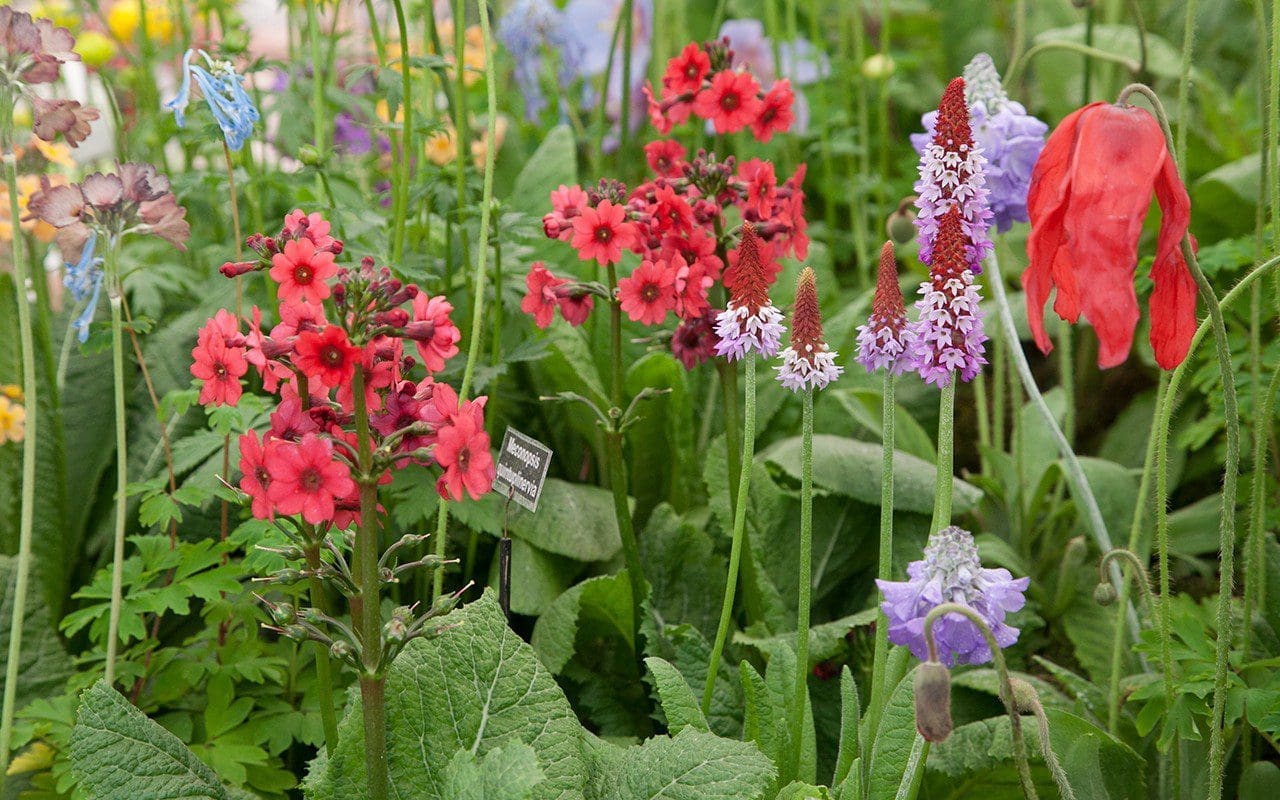
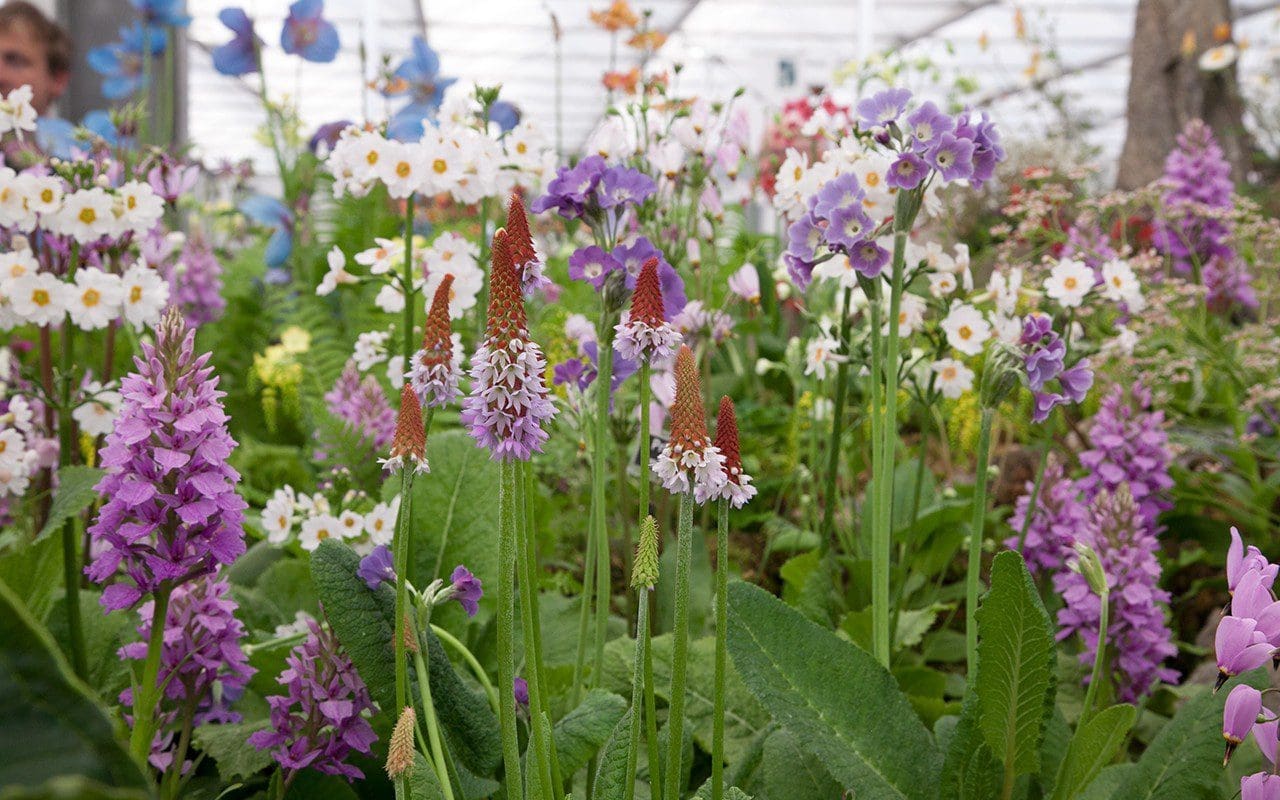
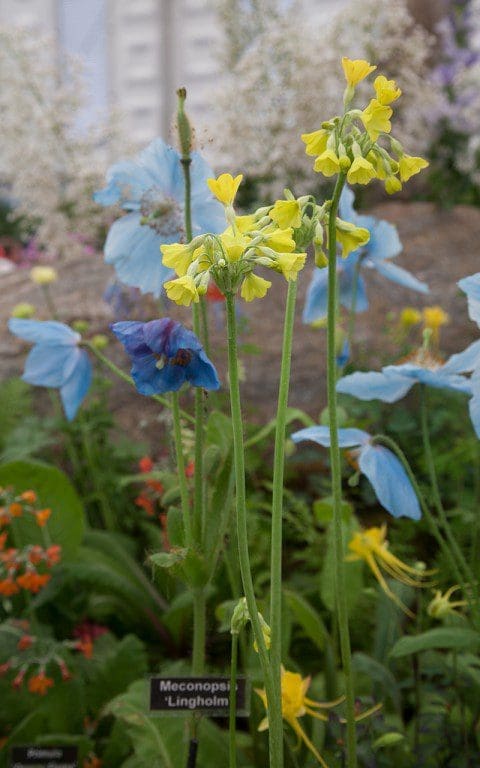 Primula florindae and Meconopsis Lingholm’
Primula florindae and Meconopsis Lingholm’
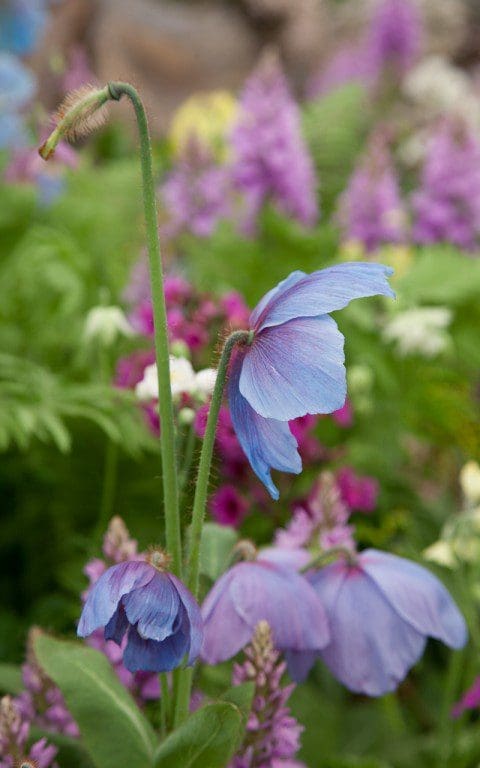 Meconopsis ‘Lingholm’
Meconopsis ‘Lingholm’
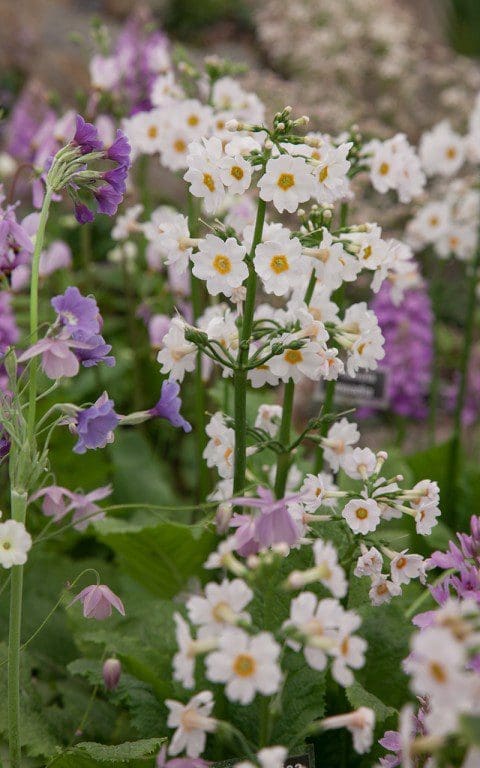 Primula japonica ‘Postford White’
Primula japonica ‘Postford White’
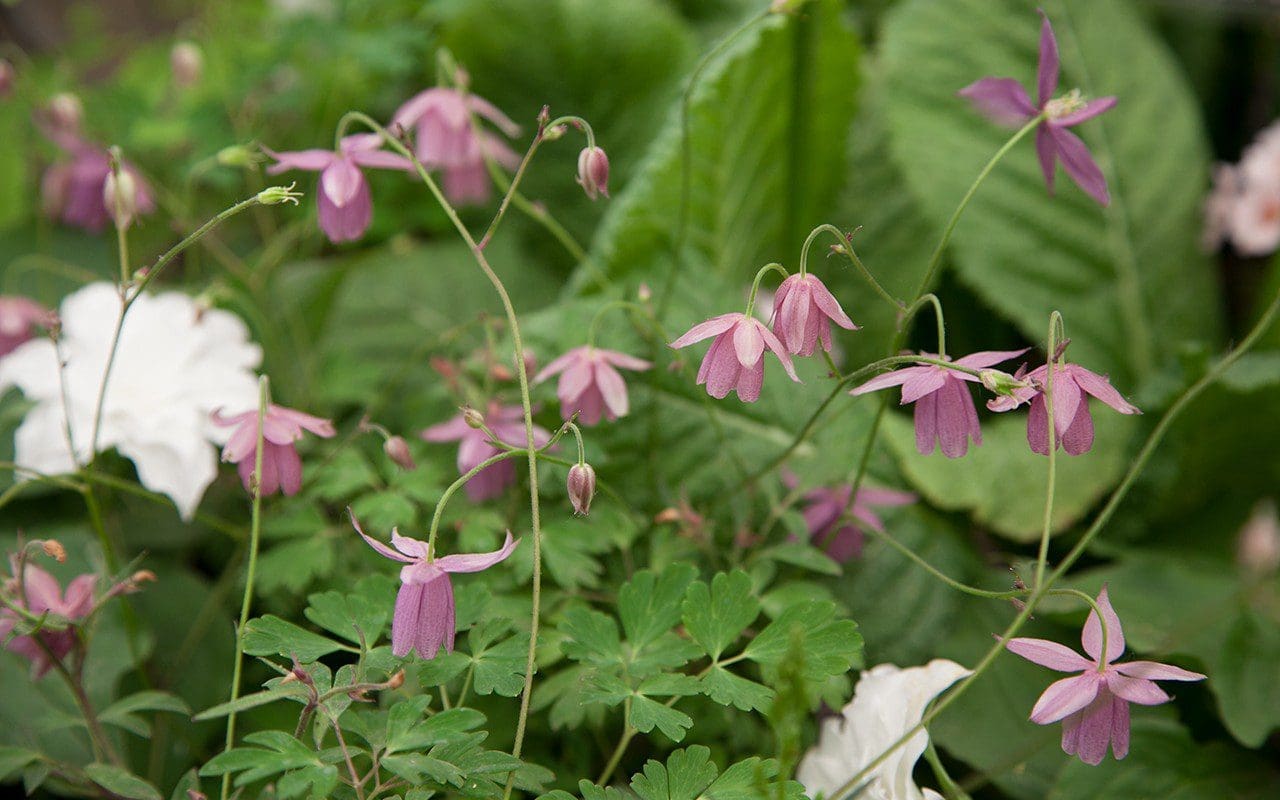 Semiaquilegia adoxoides
Semiaquilegia adoxoides
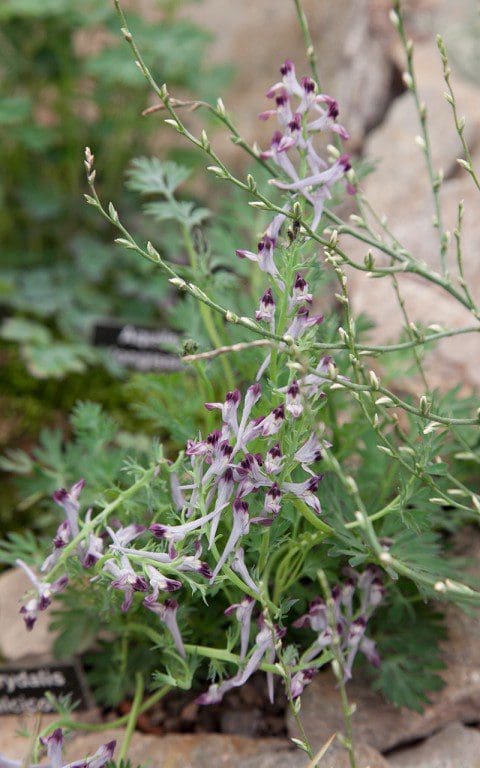 Corydalis calcicola
Corydalis calcicola
I also spotted these beauties on a nearby stand but, to my annoyance, forgot to note down which one.
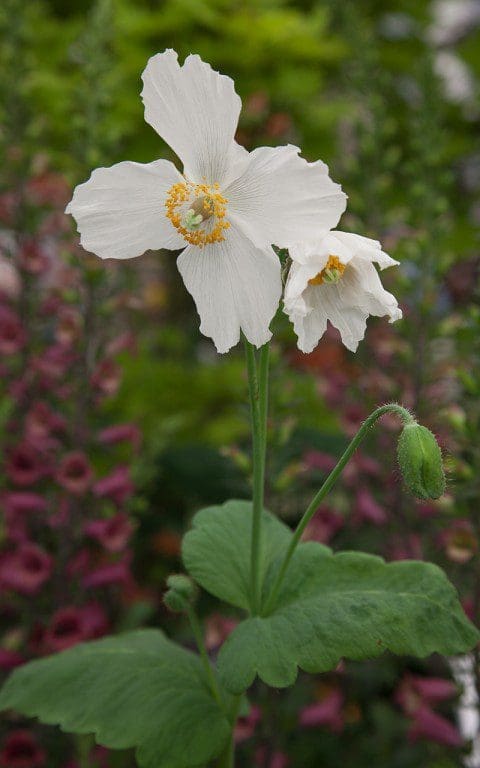 Meconopsis baileyi ‘Alba’
Meconopsis baileyi ‘Alba’
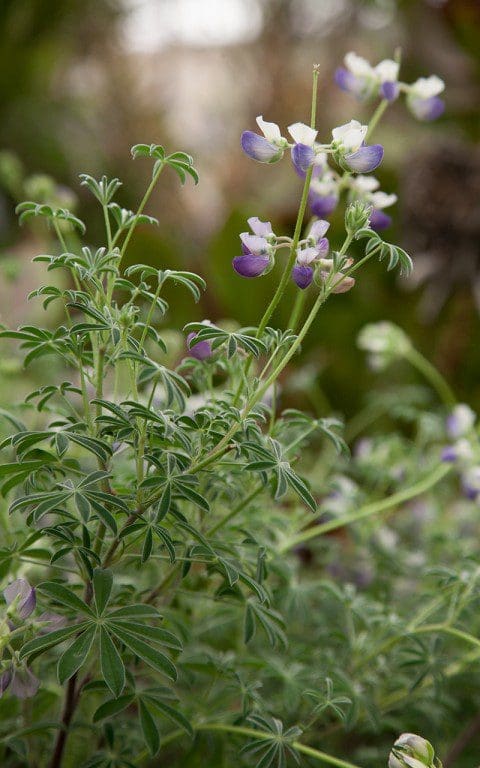 Lupinus lepidus
Lupinus lepidus
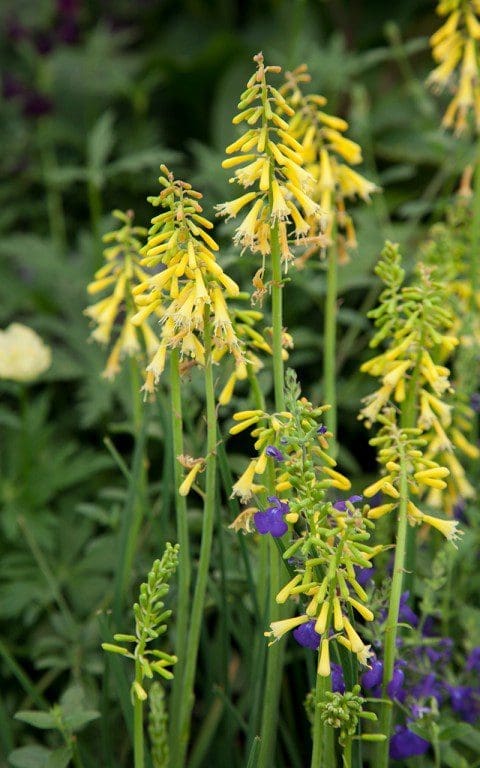 Kniphofia pauciflora
Kniphofia pauciflora
There is usually at least one variety of foxglove on The Botanic Nursery stand (main image) that catches my eye, and this year was no exception.
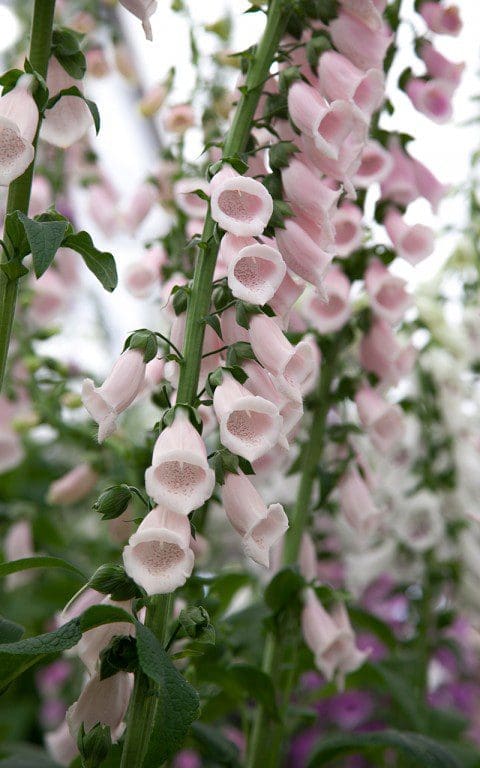 Digitalis purpurea ‘Apricot’
Digitalis purpurea ‘Apricot’
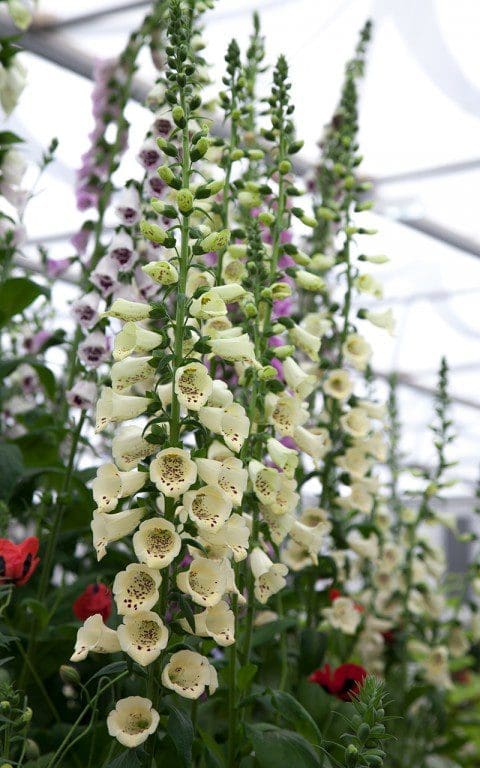 Digitalis ‘Primrose Carousel’
Digitalis ‘Primrose Carousel’
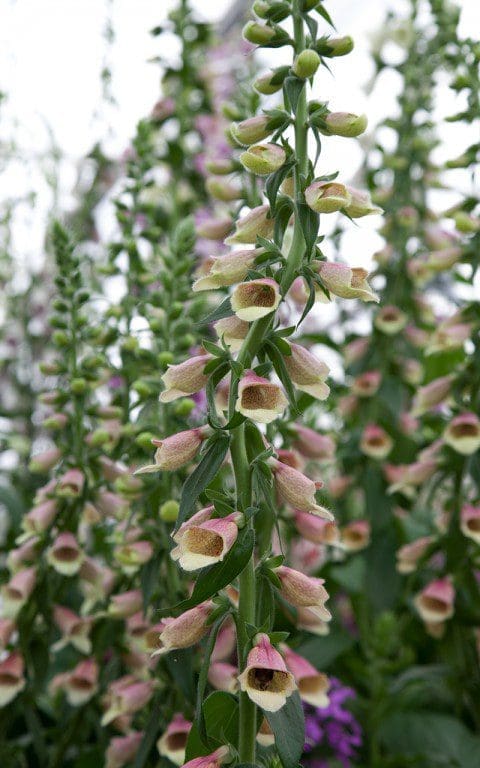 Digitalis ‘Polkadot Pippa’
Digitalis ‘Polkadot Pippa’
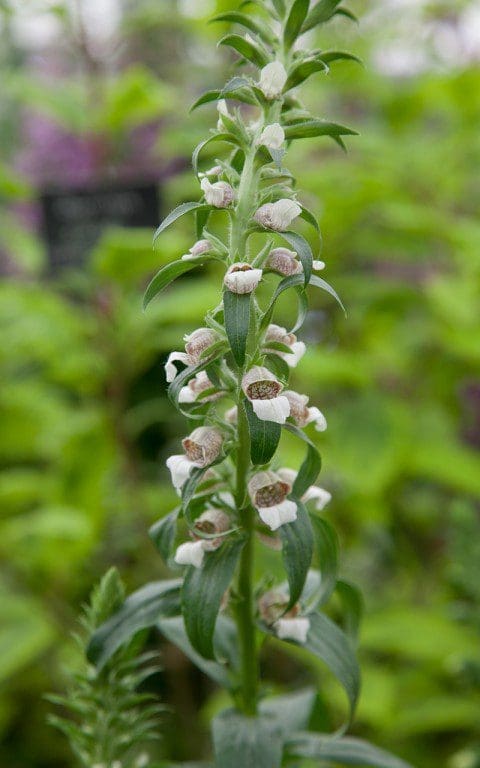 Digitalis cariensis
Digitalis cariensis
And on the Harperley Hall Nurseries stand this one stood out.
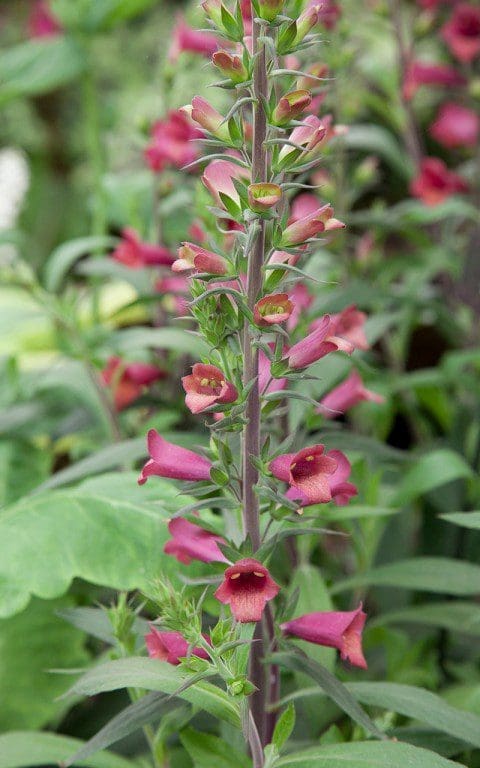 Digitalis ‘Illumination Raspberry’
Digitalis ‘Illumination Raspberry’
In spite of our south-facing hillside site I can never resist the woodlanders, and have been planting for shade so that I can have just a few of my favourites. I am slowly building a collection of martagon lilies and so never miss a lengthy exploration of the Jacques Amand stand, my notebook quickly filling with new varieties I want to get to know better.
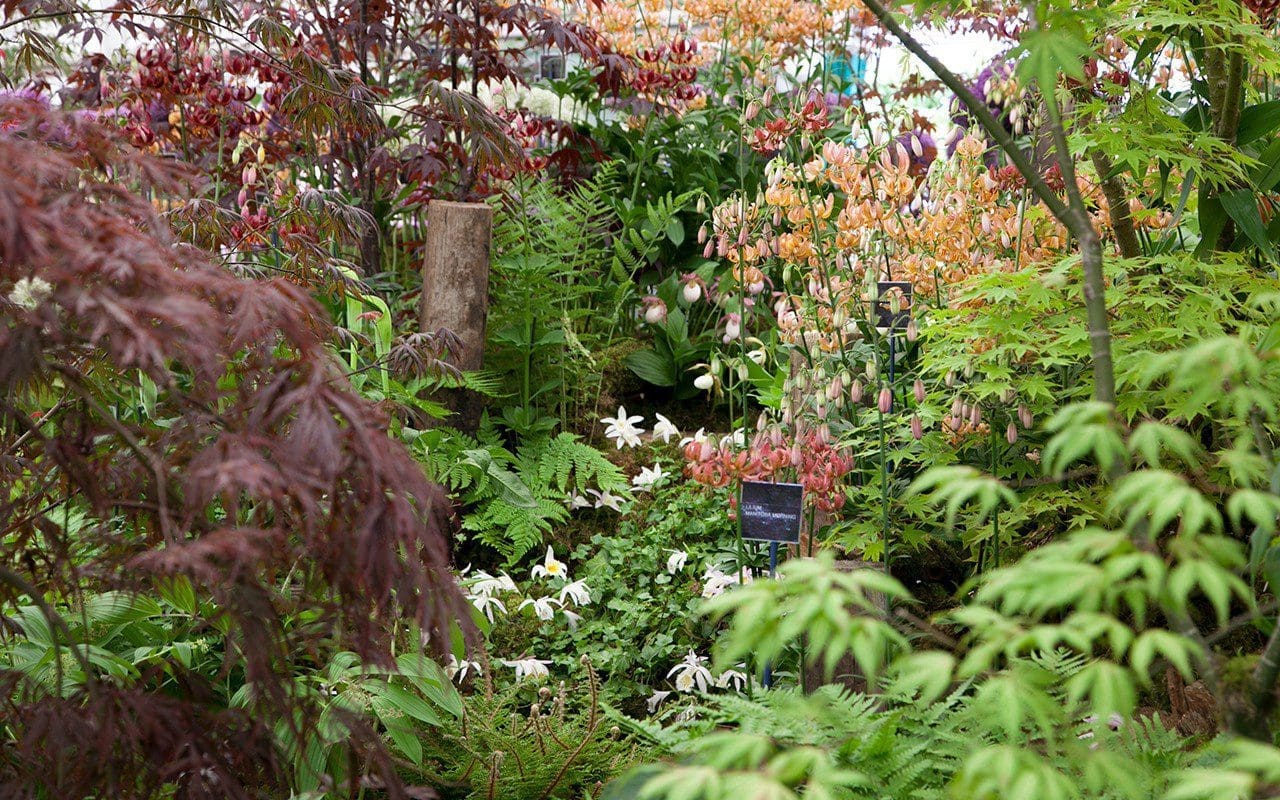
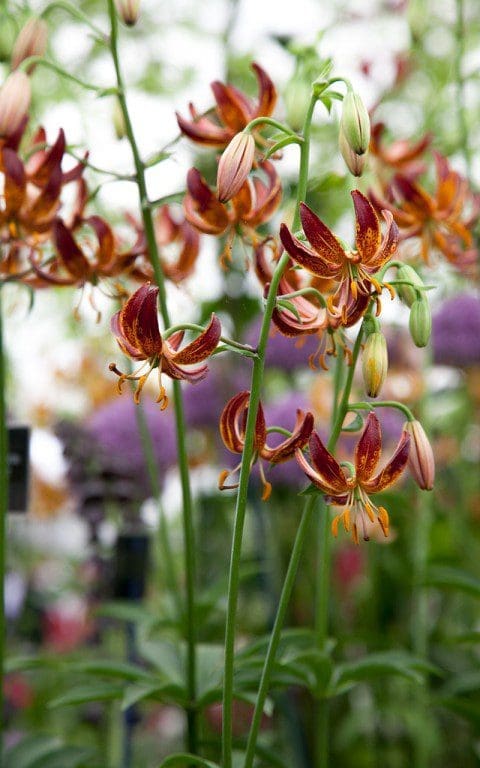 Lilium martagon ‘Arabian Night’
Lilium martagon ‘Arabian Night’
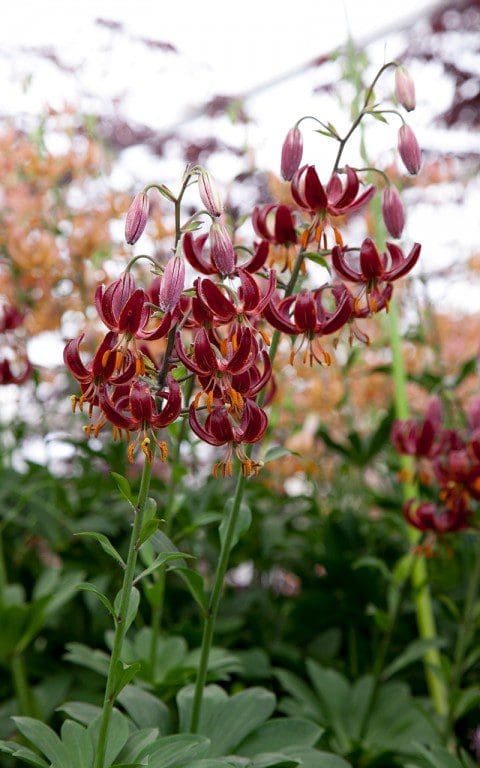 Lilium martagon ‘Claude Shride’
Lilium martagon ‘Claude Shride’
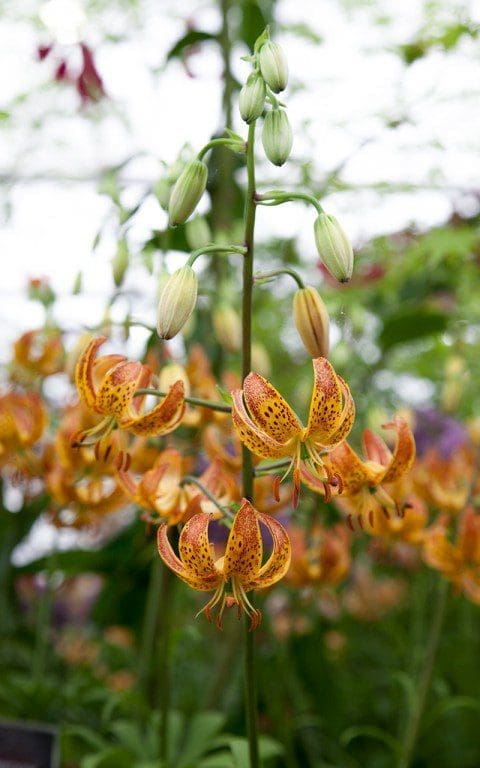 Lilium martagon ‘Sunny Morning’
Lilium martagon ‘Sunny Morning’
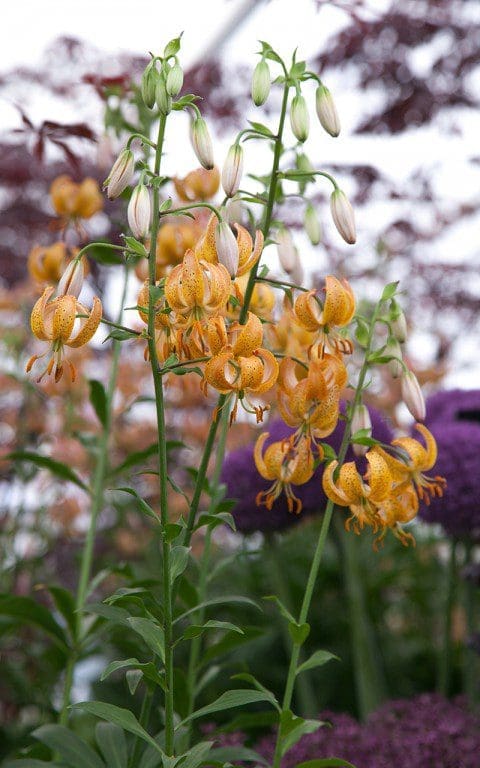 Lilium martagon ‘Terrace City’
Lilium martagon ‘Terrace City’
While I really wanted to get my hands on this hybrid lily from H. W. Hyde.
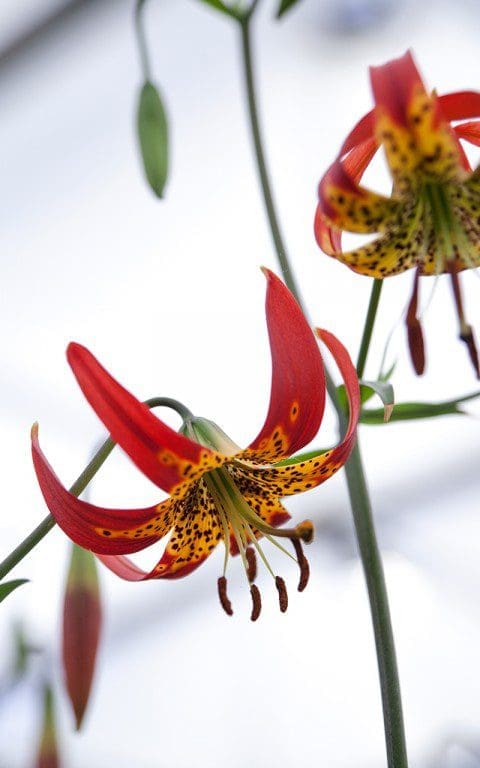 Lilium ‘Garden Society’
Lilium ‘Garden Society’
I have recently made a dry herb planting in the gravel between the house and the kitchen garden, predominantly of lavender, with salvias and a range of umbellifers for pollinators. I was on the lookout for some additions to lift the scheme and, although I already have Allium christophii in the mix, these sculptural alliums from Warmenhoven would definitely add to the feeling of ornamental production I am aiming for.
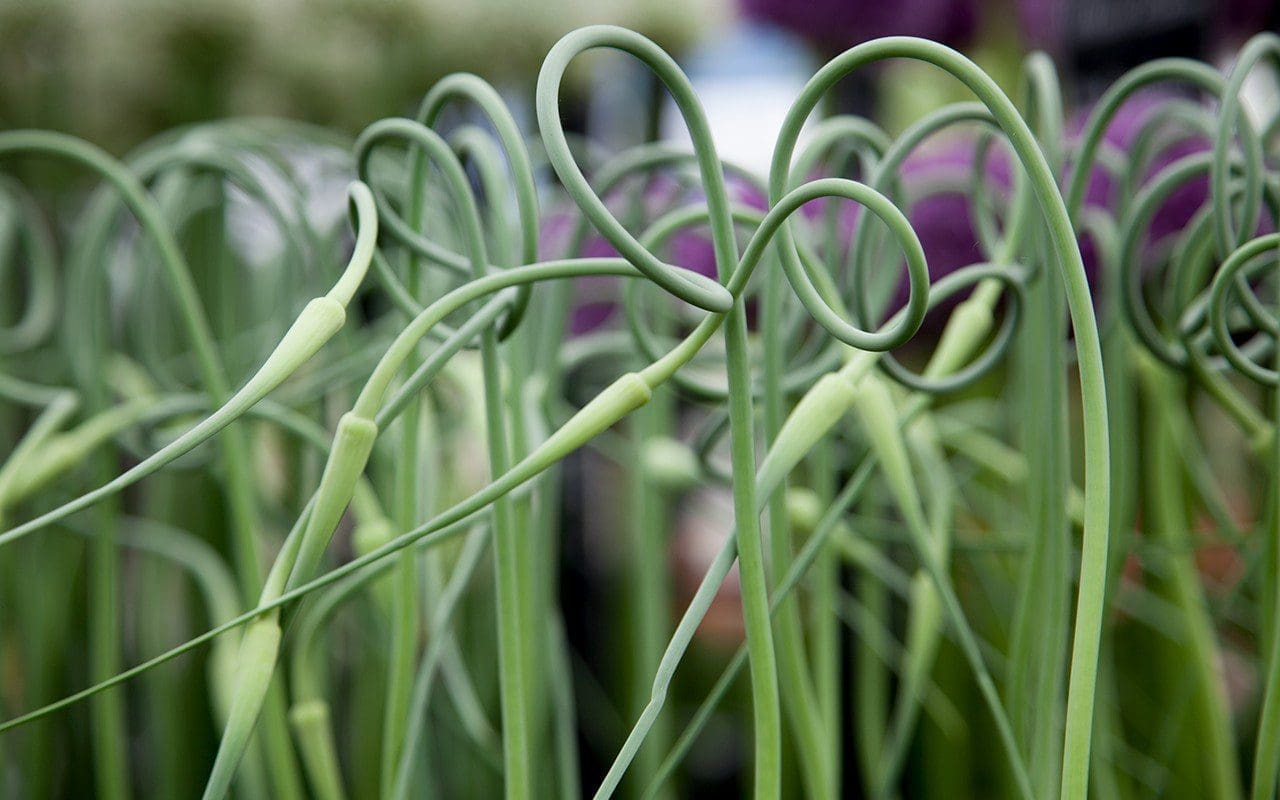 Allium sativum var. ophioscorodon
Allium sativum var. ophioscorodon
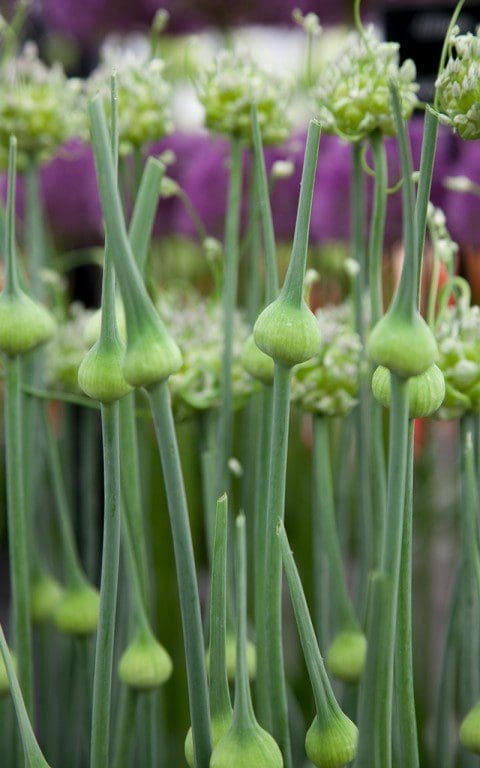 Allium ‘Green Drops’
Allium ‘Green Drops’
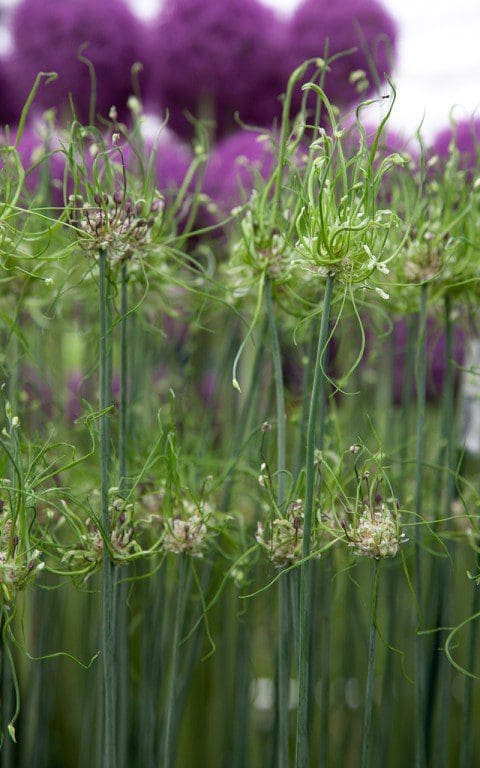 Allium scorodoprasum ‘Art’
Allium scorodoprasum ‘Art’
While I thought this thistle would also make a good companion in the gravel.
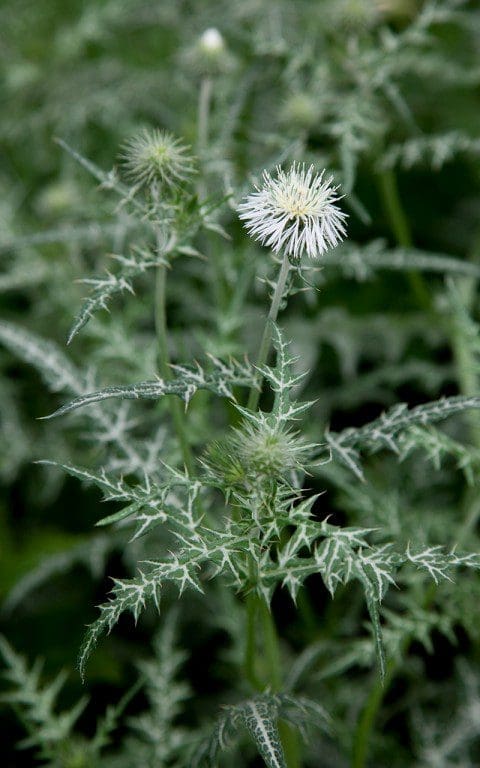 Galactites tomentosa ‘Alba’
Galactites tomentosa ‘Alba’
From dry plants to aquatics at the Waterside Nursery stand, where I visualised the pond in which I might plant some of these choice specimens.
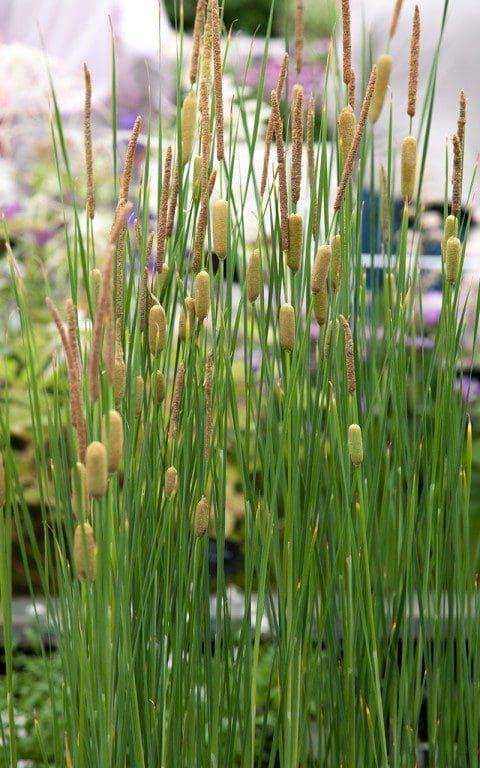 Typha lugdunensis
Typha lugdunensis
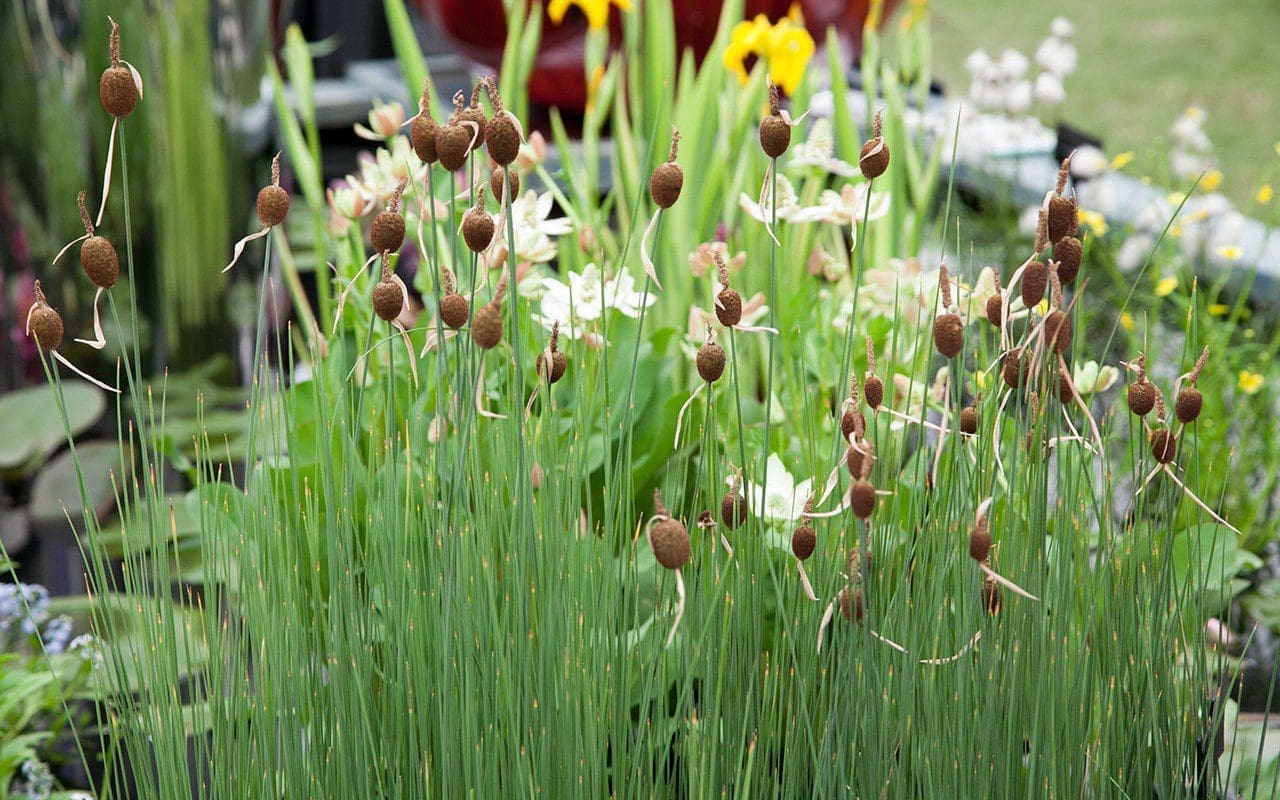 Typha minima
Typha minima
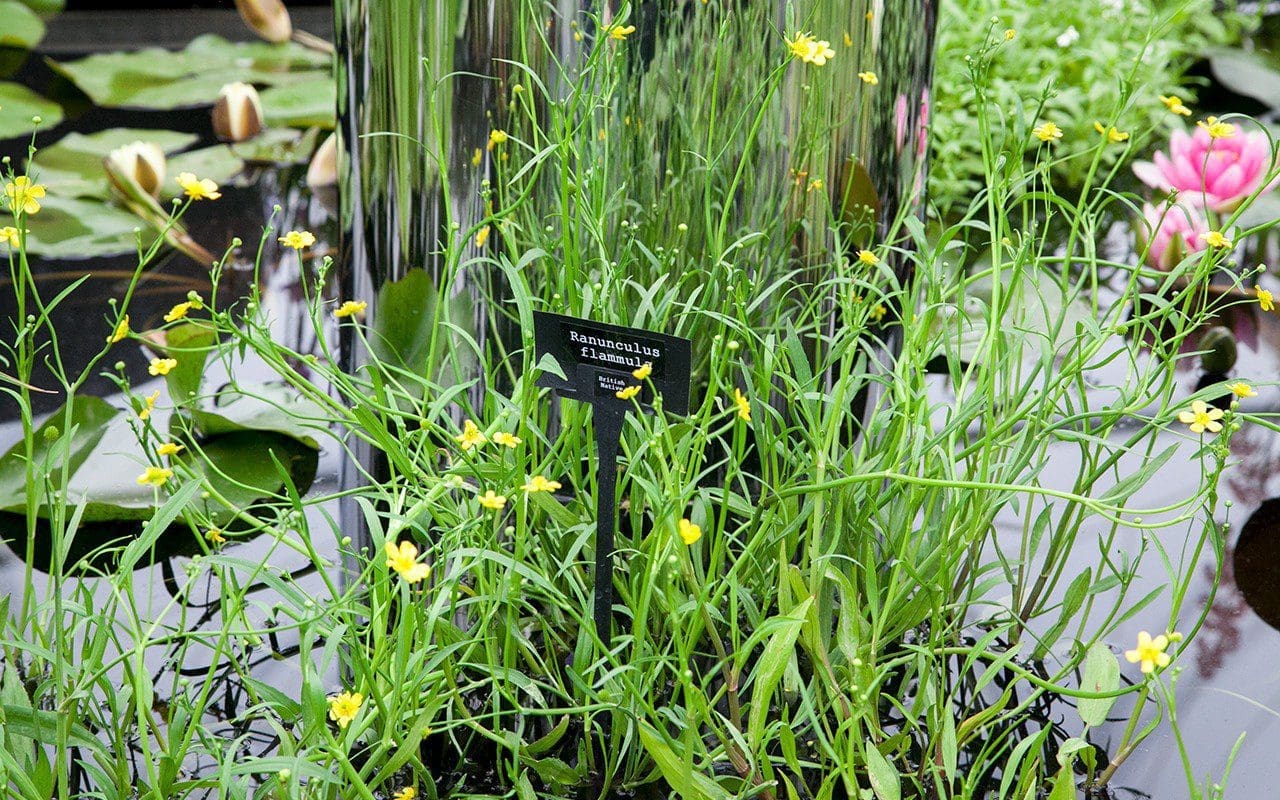 Ranunculus flammula
Ranunculus flammula
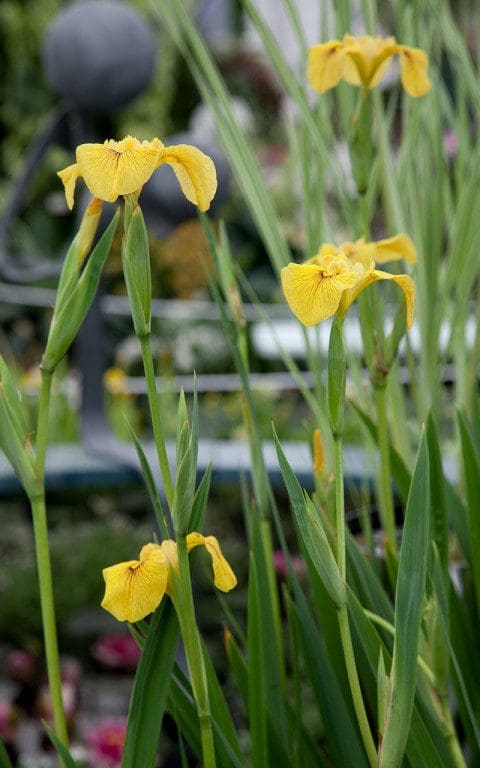 Iris pseudacorus ‘Roy Davidson’
Iris pseudacorus ‘Roy Davidson’
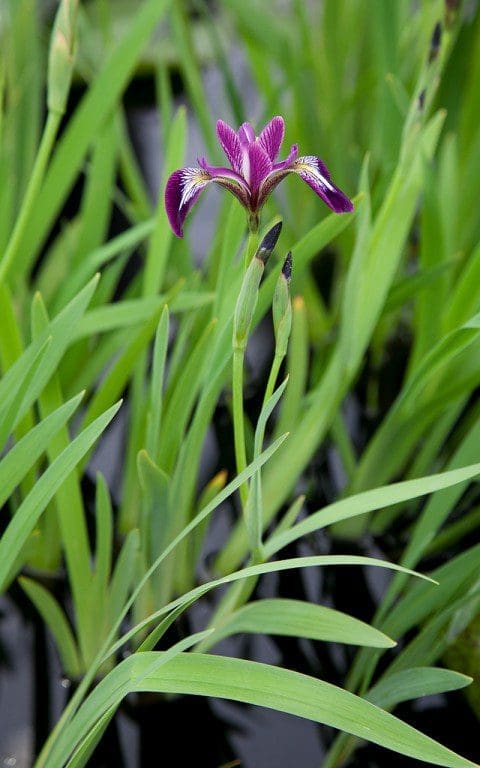 Iris versicolor ‘Mysterious Monique’
Iris versicolor ‘Mysterious Monique’
Just as I was leaving the Great Pavilion I chanced across these two clematis on the Thorncroft Clematis stand, which I would love to find homes for.
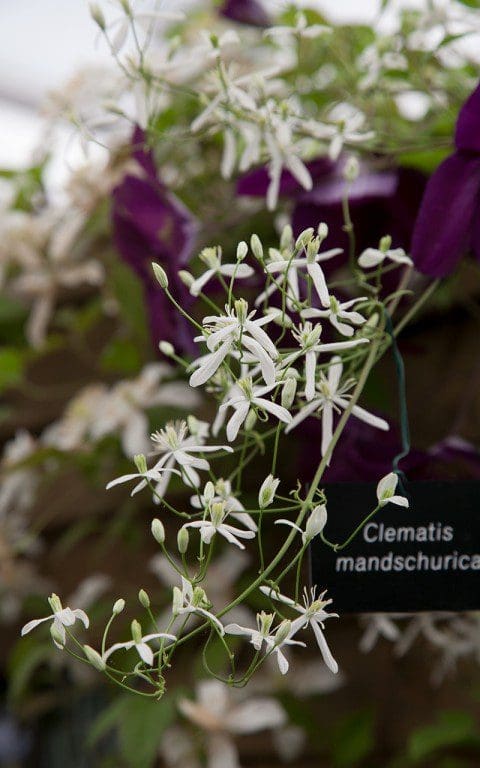 Clematis mandschurica
Clematis mandschurica
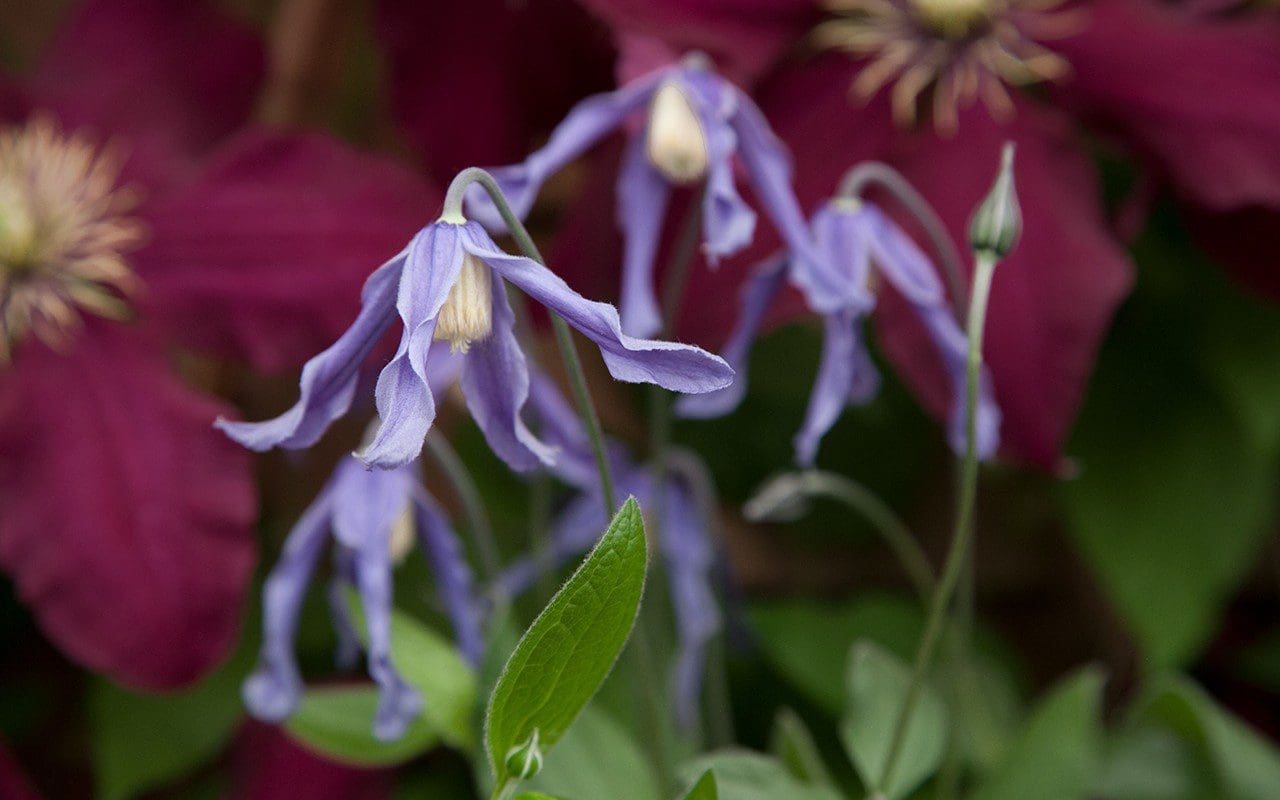 Clematis integrifolia ‘Ozawa’s Blue’
Clematis integrifolia ‘Ozawa’s Blue’
Of the show gardens James Basson’s Best in Show winner grabbed the attention. Bold and confident hard landscaping was colonised by a huge range of native Mediterraneans, whose weedy grace was a great foil for the beautifully detailed, monumental stonework. The rectilinear walls created some carefully framed moments.
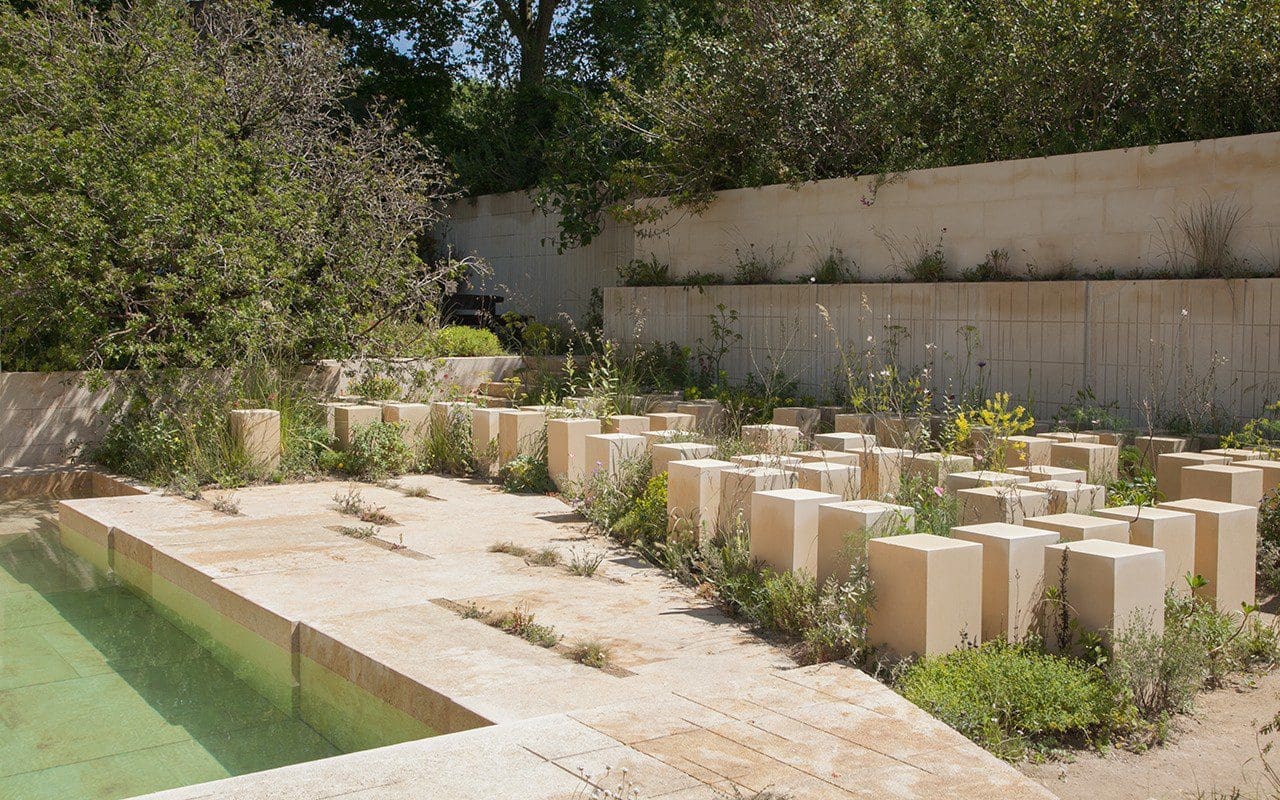
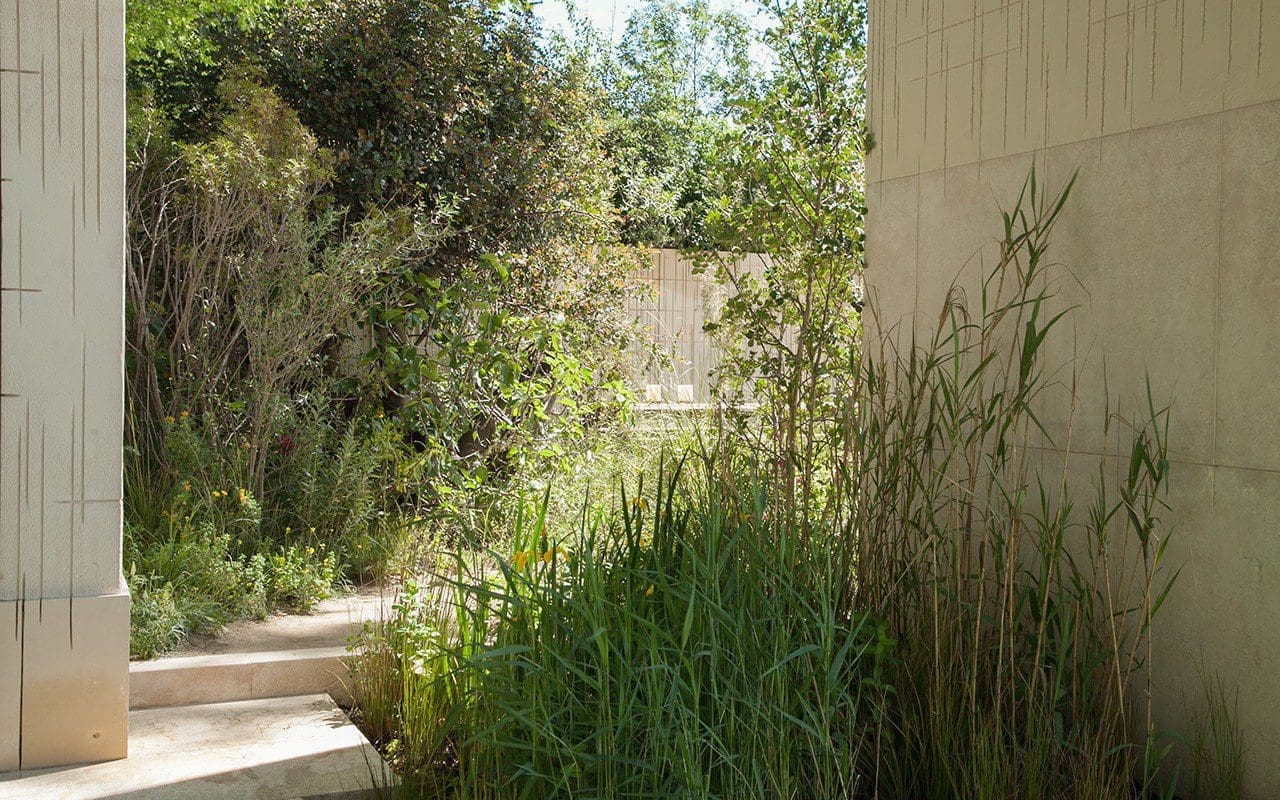
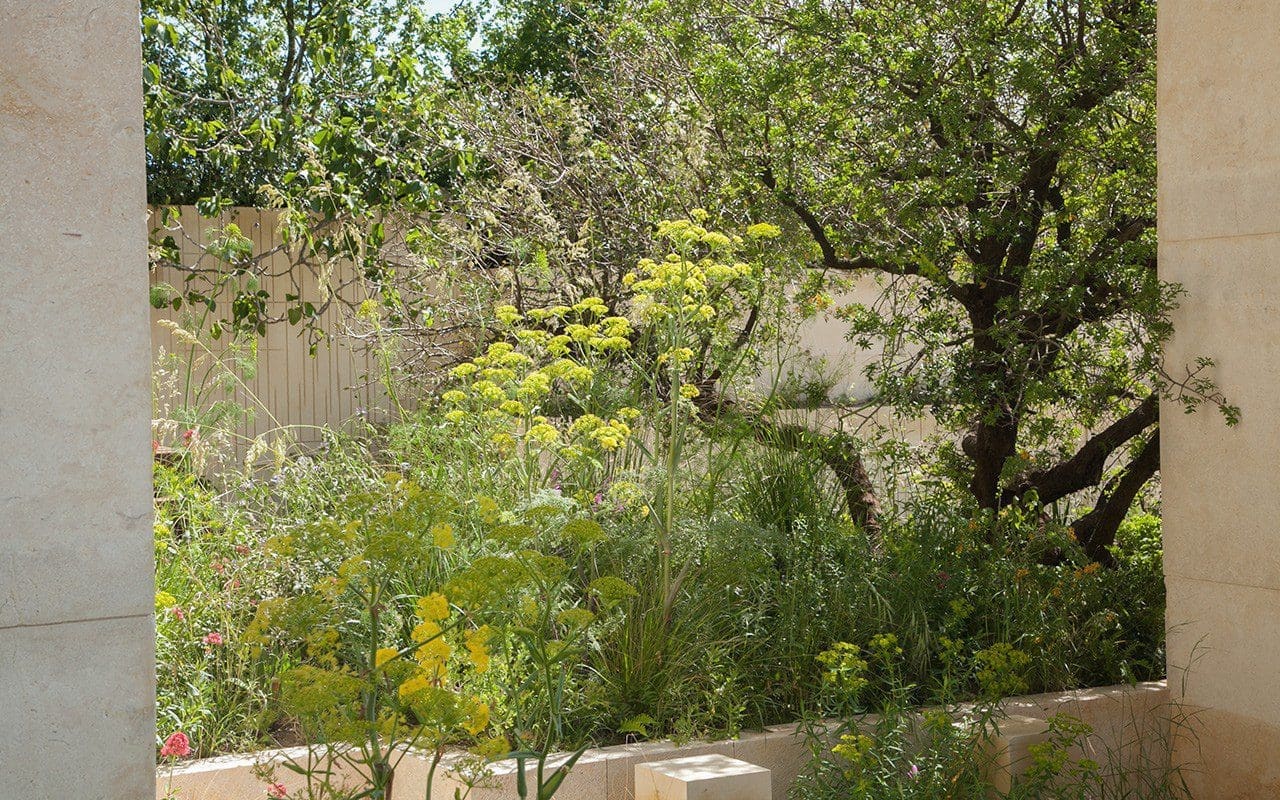
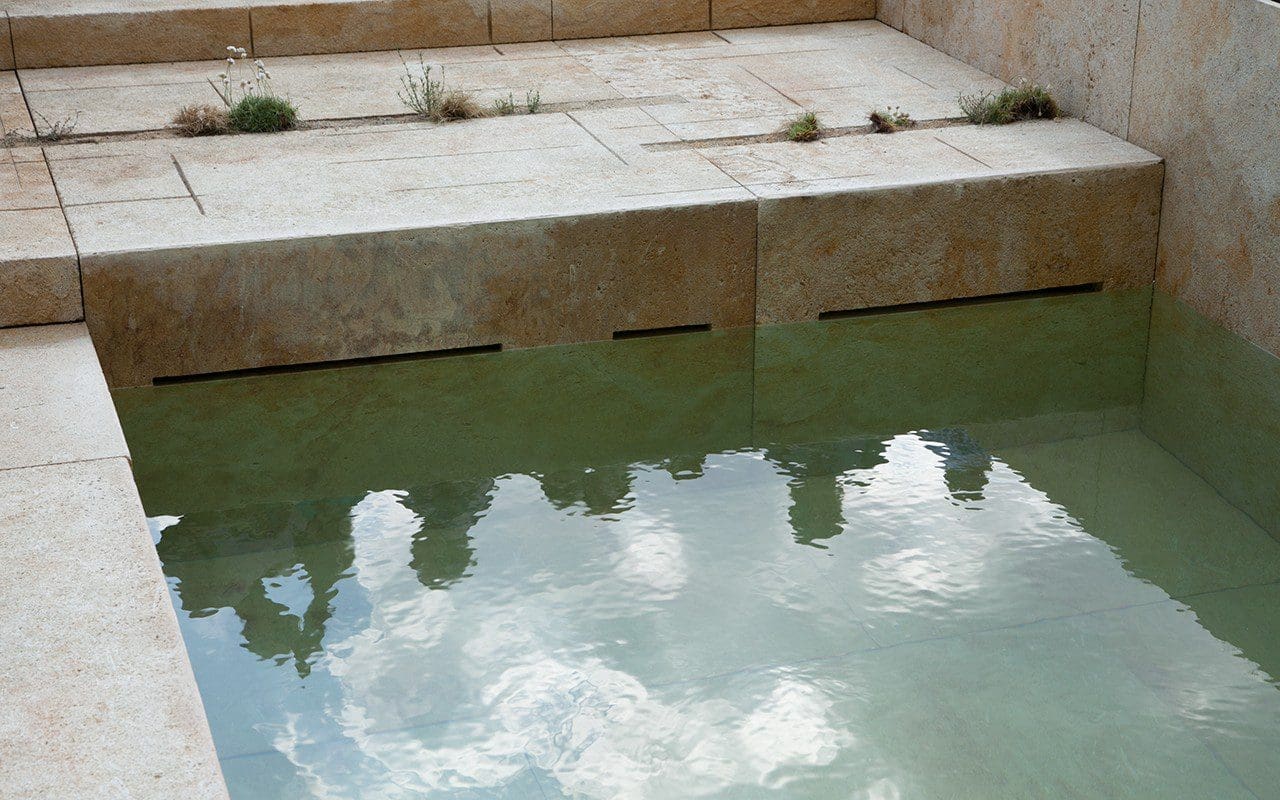
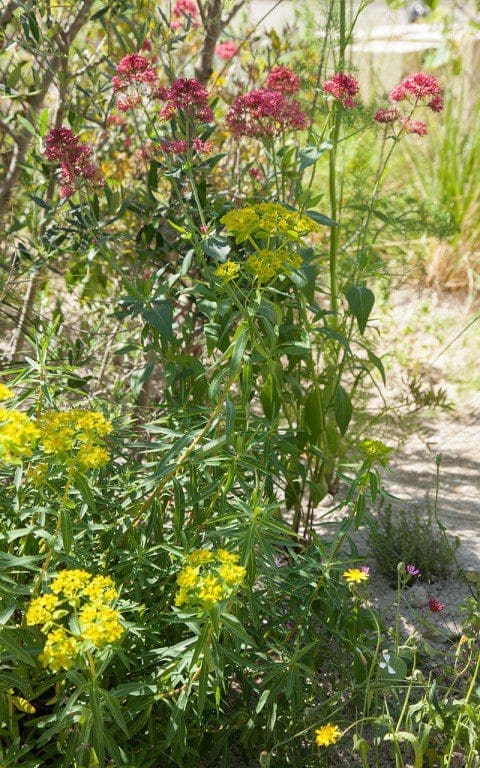
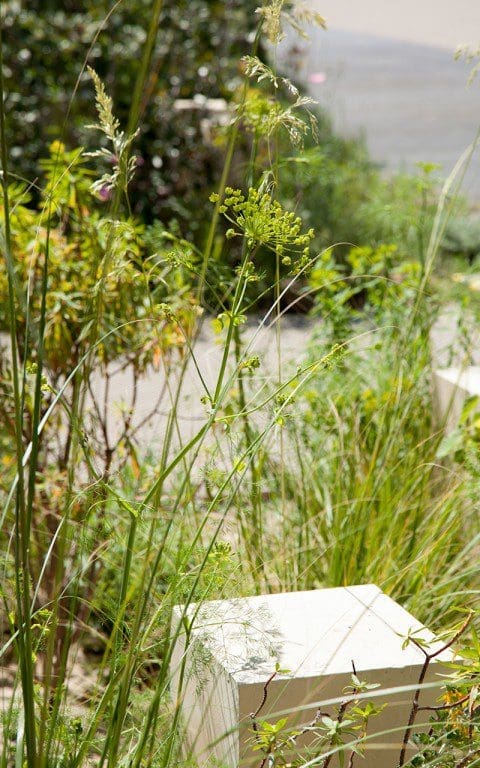
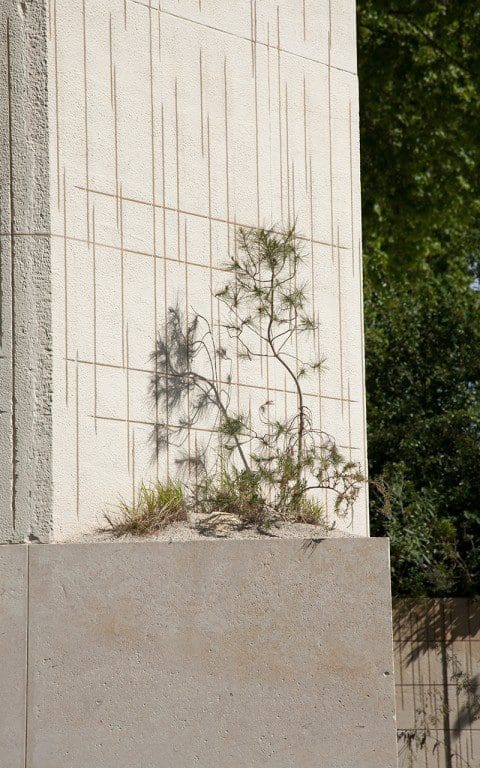
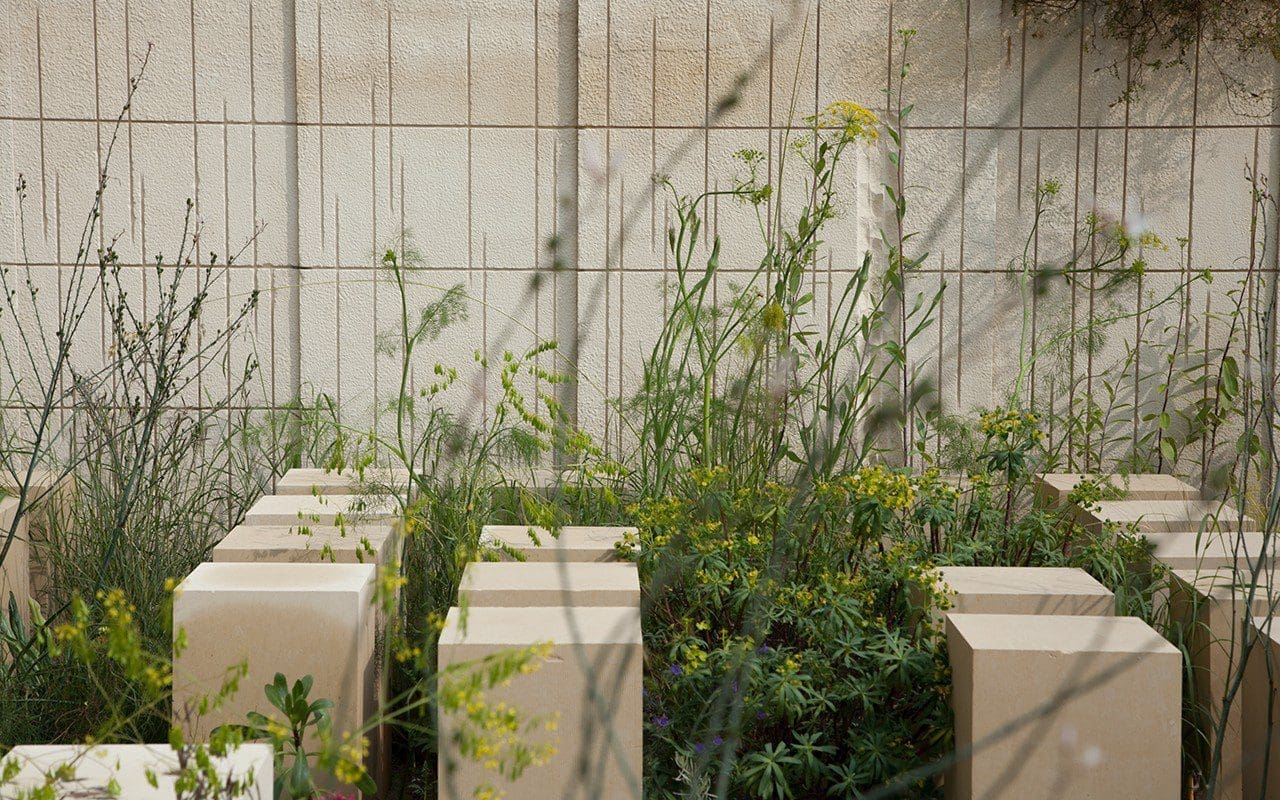
Charlotte Harris‘ Gold Medal garden for the Royal Bank of Canada was an exercise in stylish restraint. Inspired by the boreal forests of Canada the space was held by a group of jack pines (Pinus banksiana), which sheltered a graphic pavilion of burnt larch and copper, creating a potent sense of place. In contrast to this evergreen presence the woodland and waterside plantings were transparent and delicate, with some exquisite combinations.
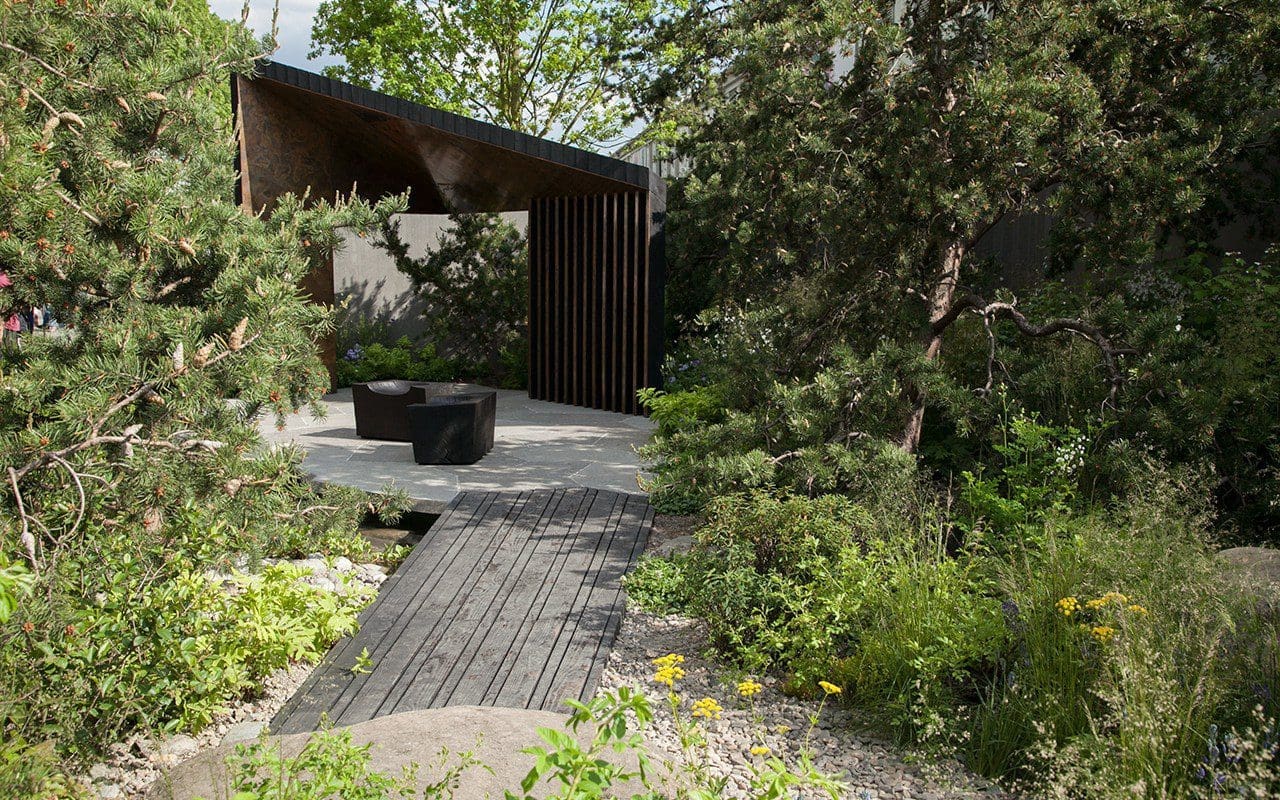
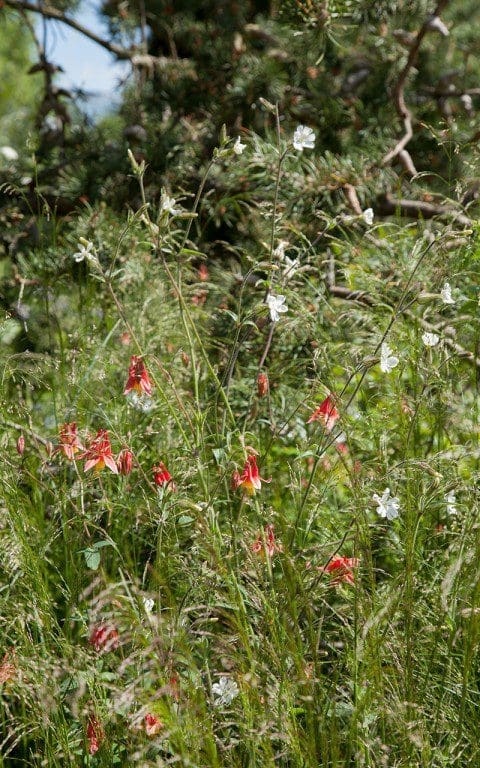
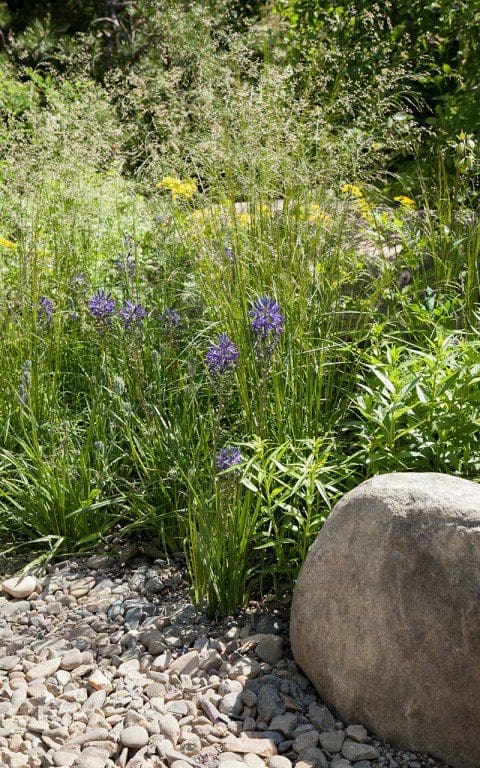
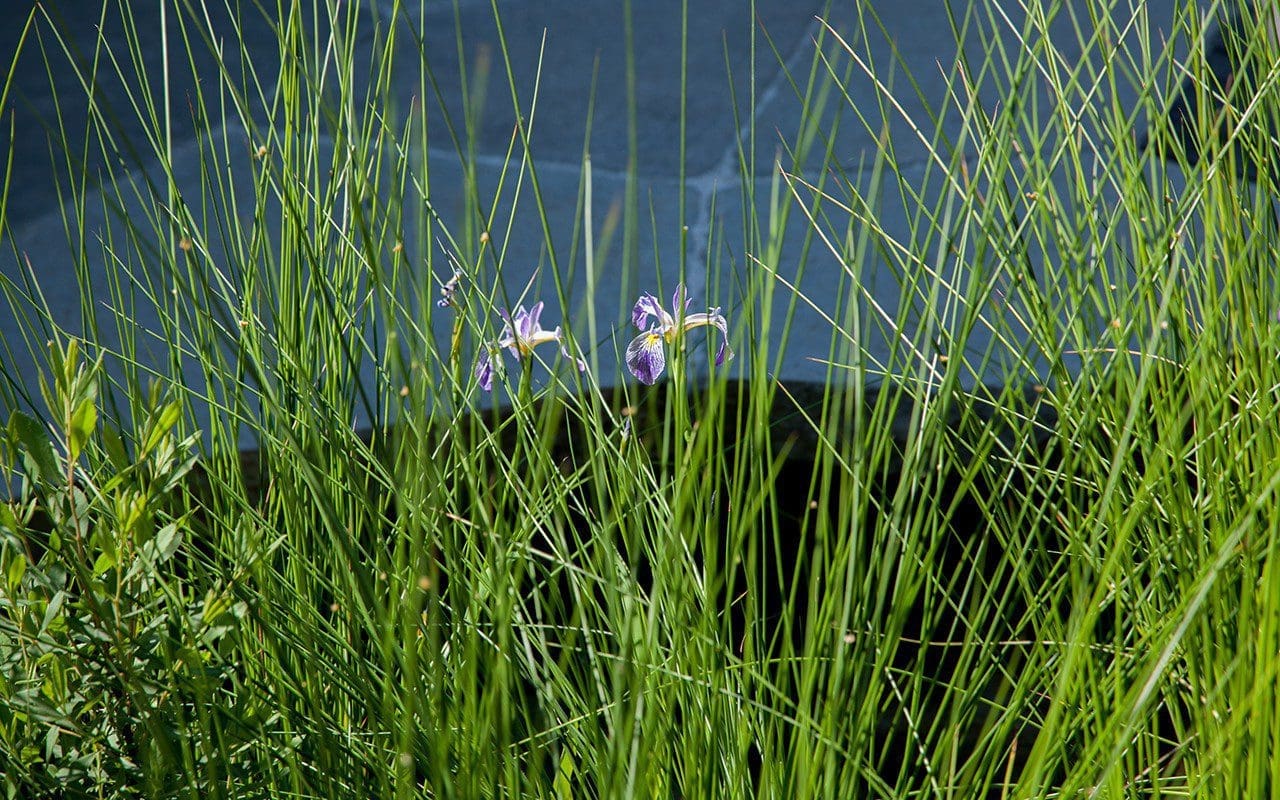
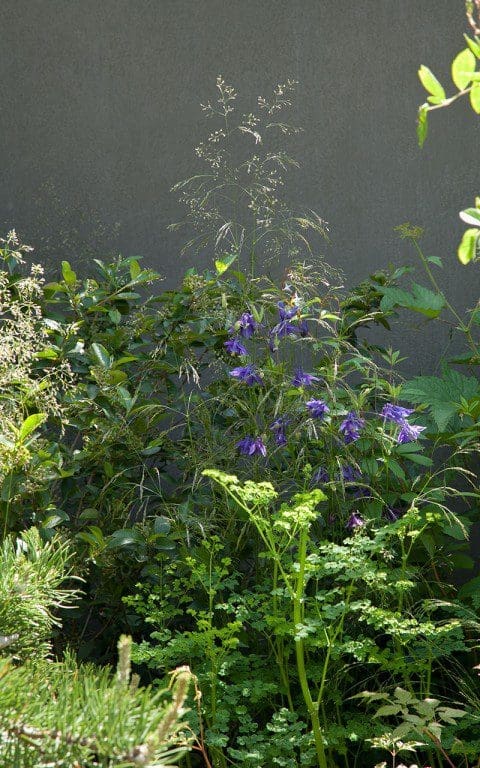
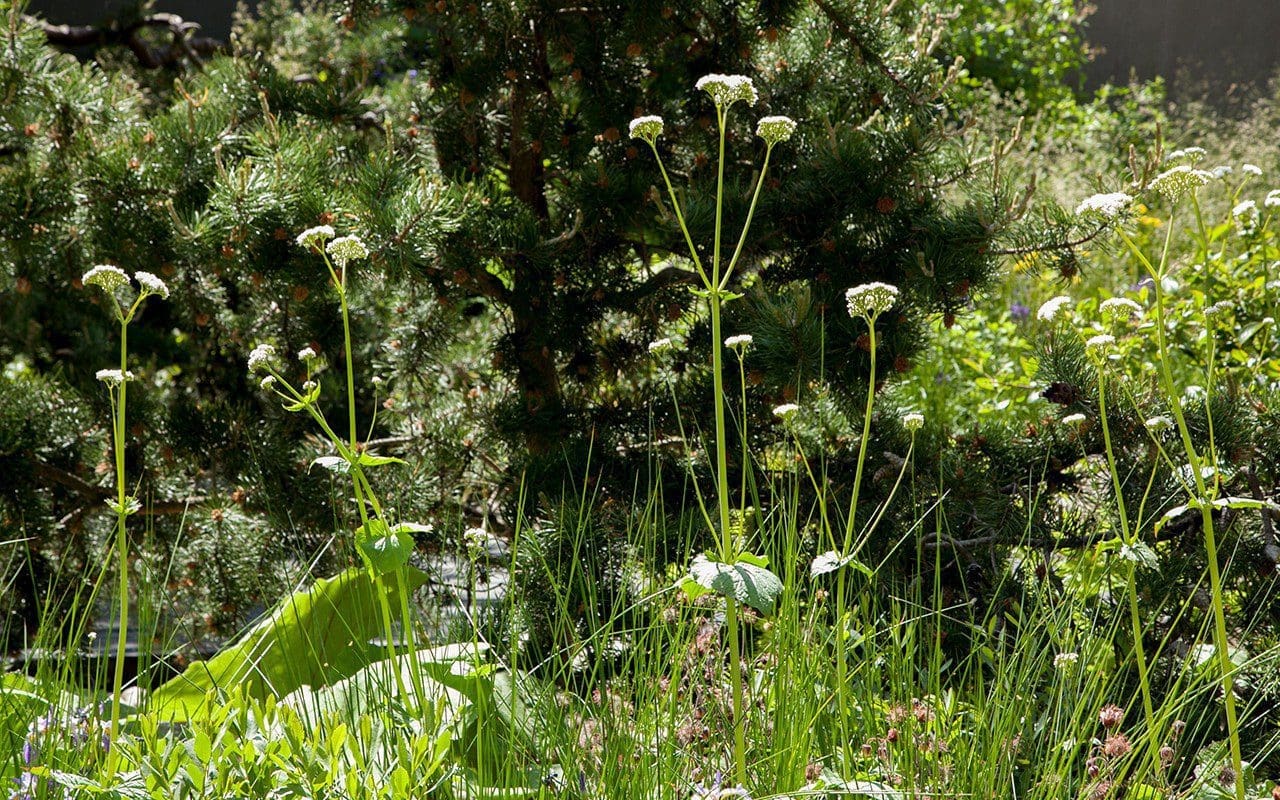
In the Artisan Gardens category the yearly return of Ishihara Kazuyuki is always one to be celebrated. As is the beautifully-crafted way with all things Japanese, the fully-planted, green walls at the side and rear of his ‘Gosho No Niwa’ garden were more magical than the front, conjuring somewhere tranquil and dreamlike
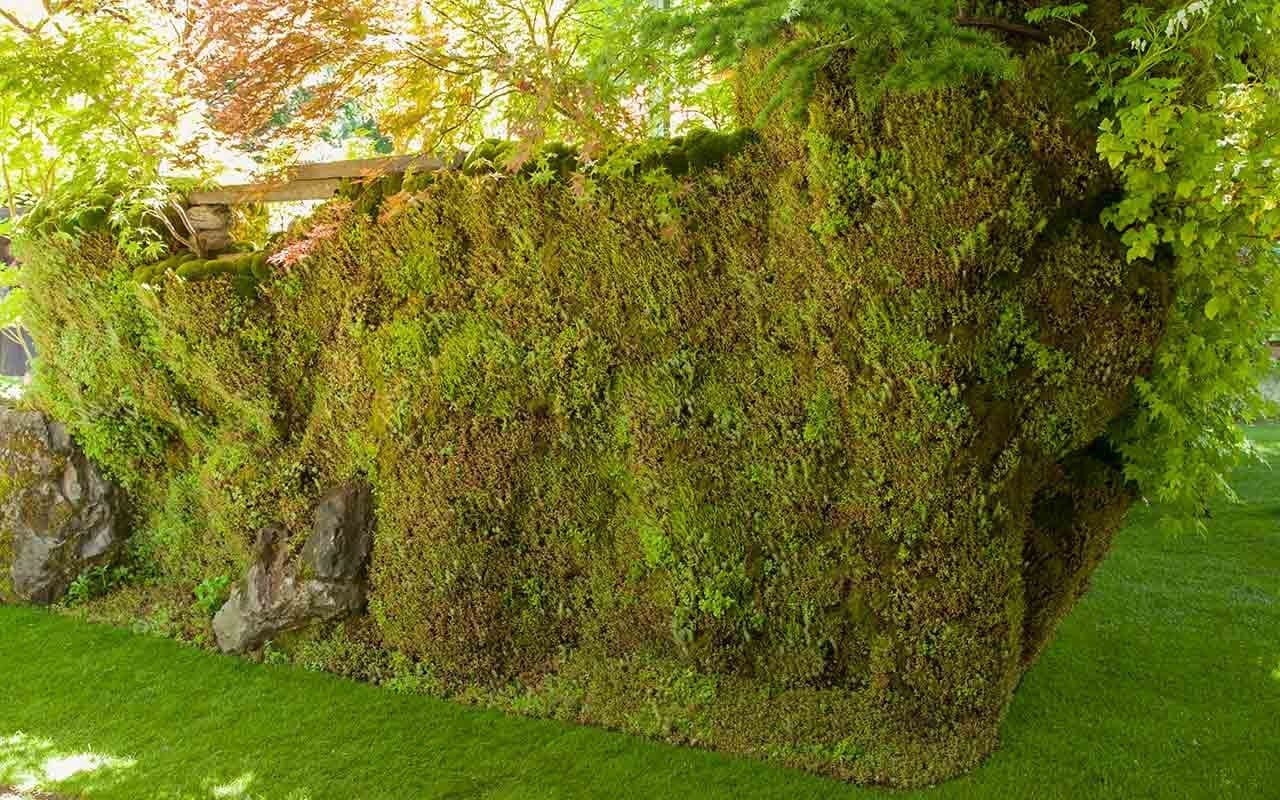
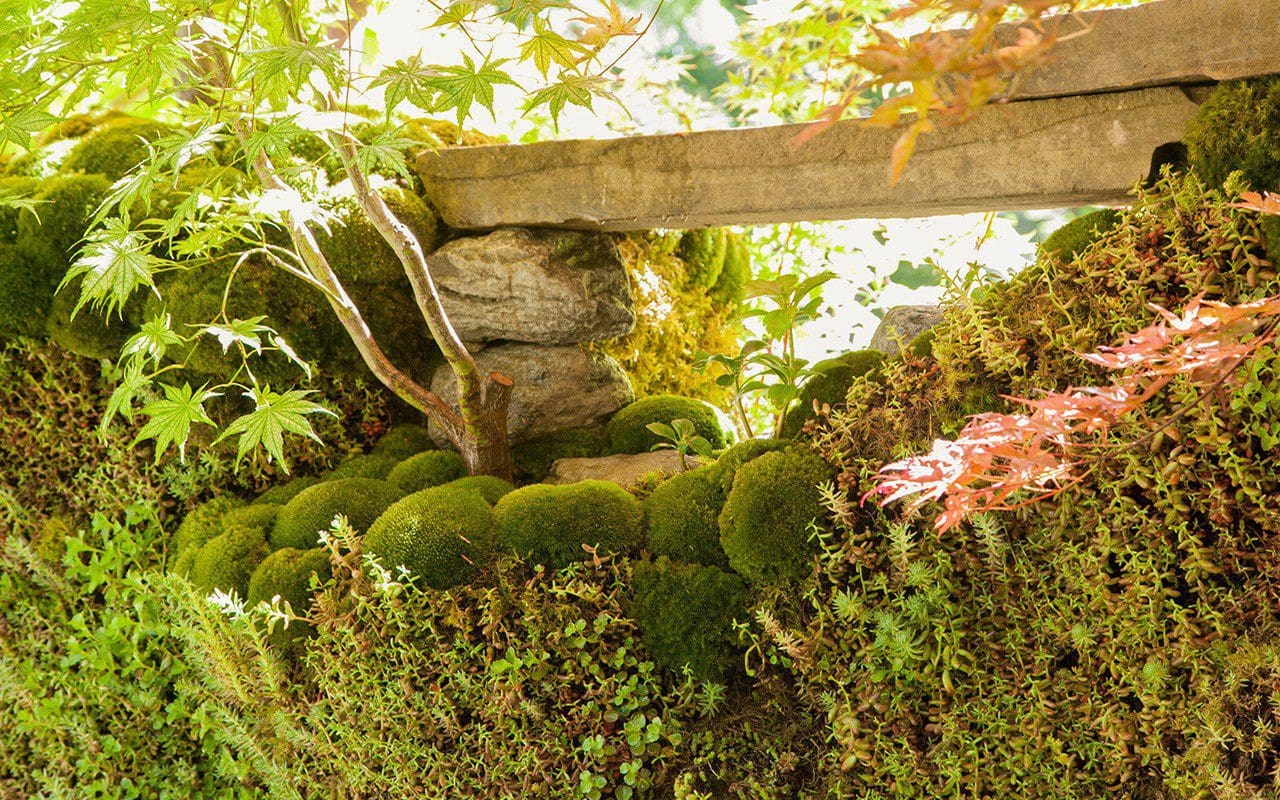
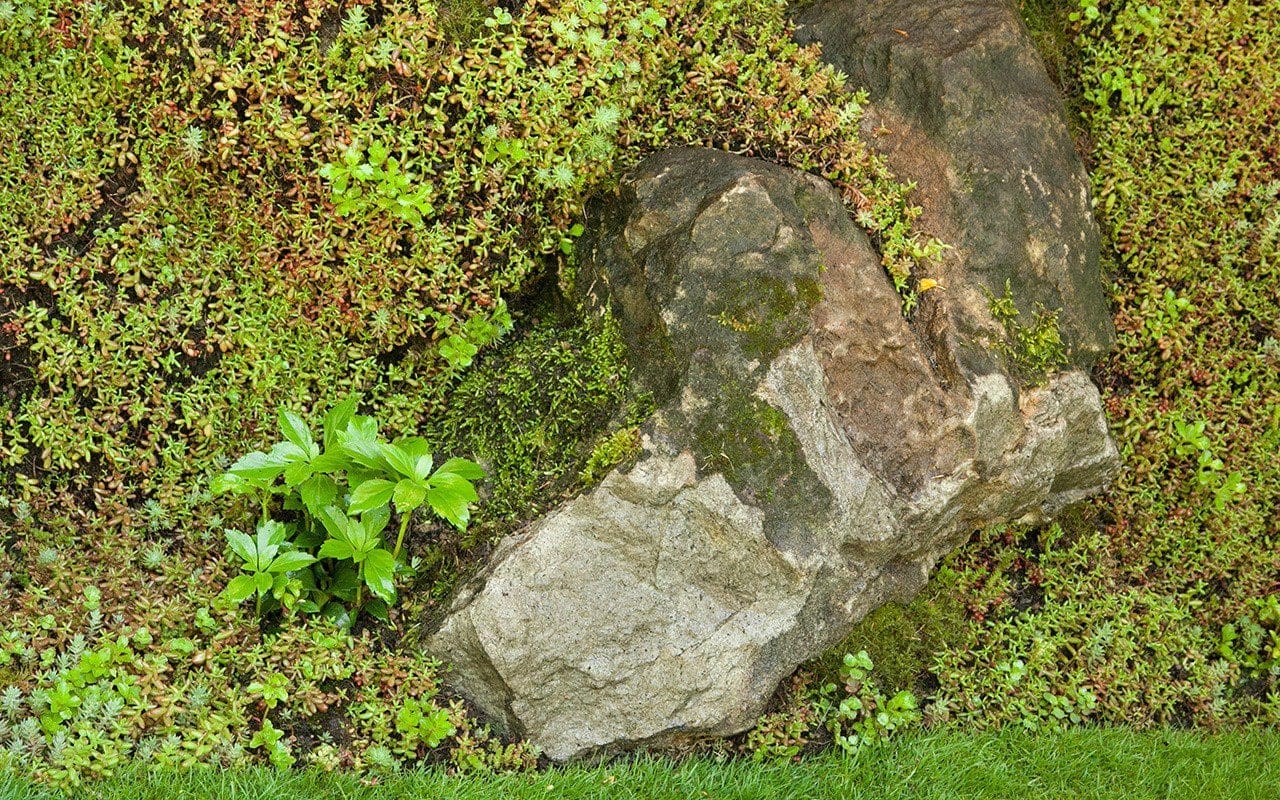
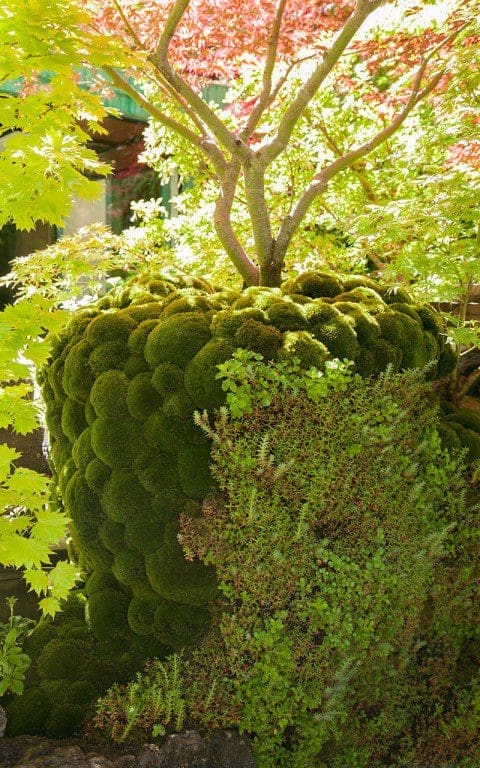
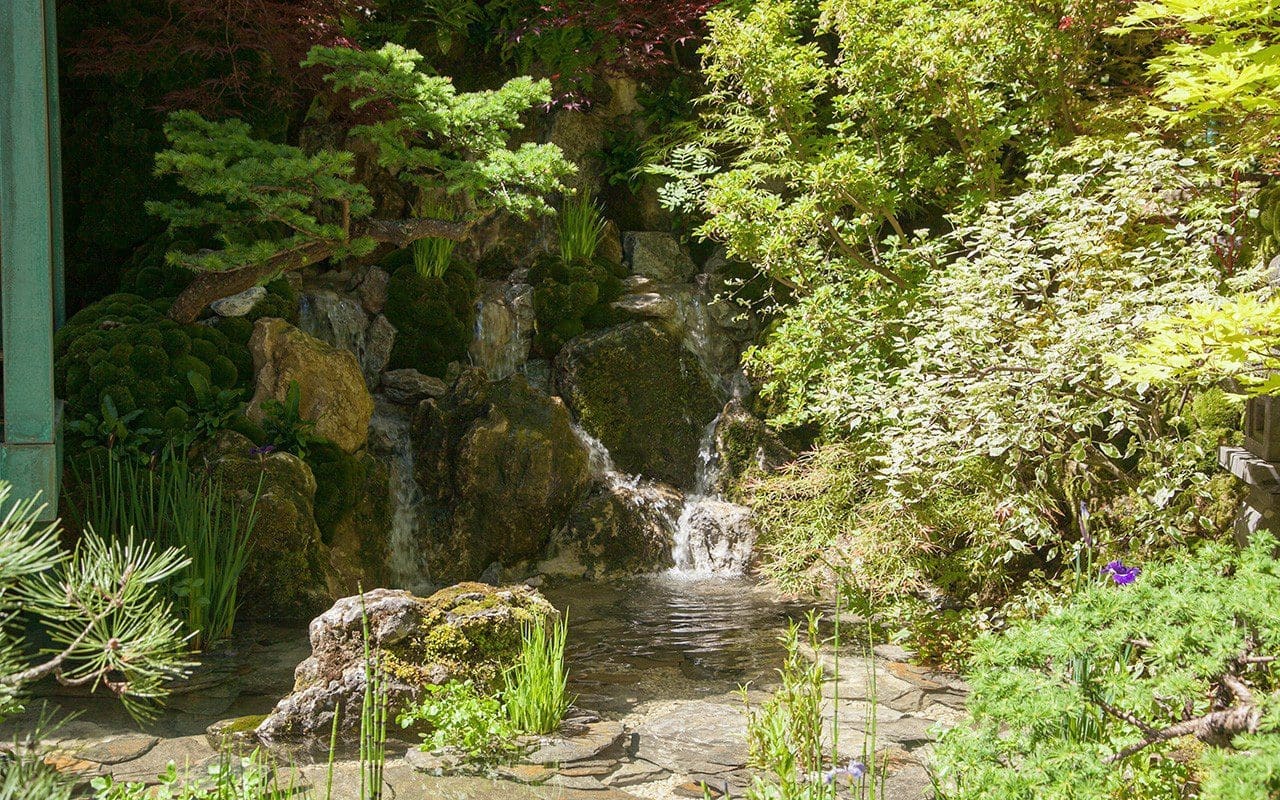
To fill the holes left by some of the show gardens that were withdrawn, Radio 2 produced five Feel Good gardens relating to each of the five senses. Given the exceedingly short time frame of two months in which the designers had to design, source and build these gardens, the standard was extremely high, which made it a shame that they were not included in the judging.
The garden representing sound, designed by James Alexander-Sinclair, was a lush green oasis, punctuated with a staggered series of rusted troughs. Speakers mounted beneath the surface of the water vibrated to create ripples, splashes and gentle undulations depending on the bassline of the song being played.
The Anneka Rice Colour Cutting Garden was designed by Sarah Raven, who had somehow managed, in the time available, to assemble a riotous potager bursting at the seams with her signature jewel-coloured plantings.
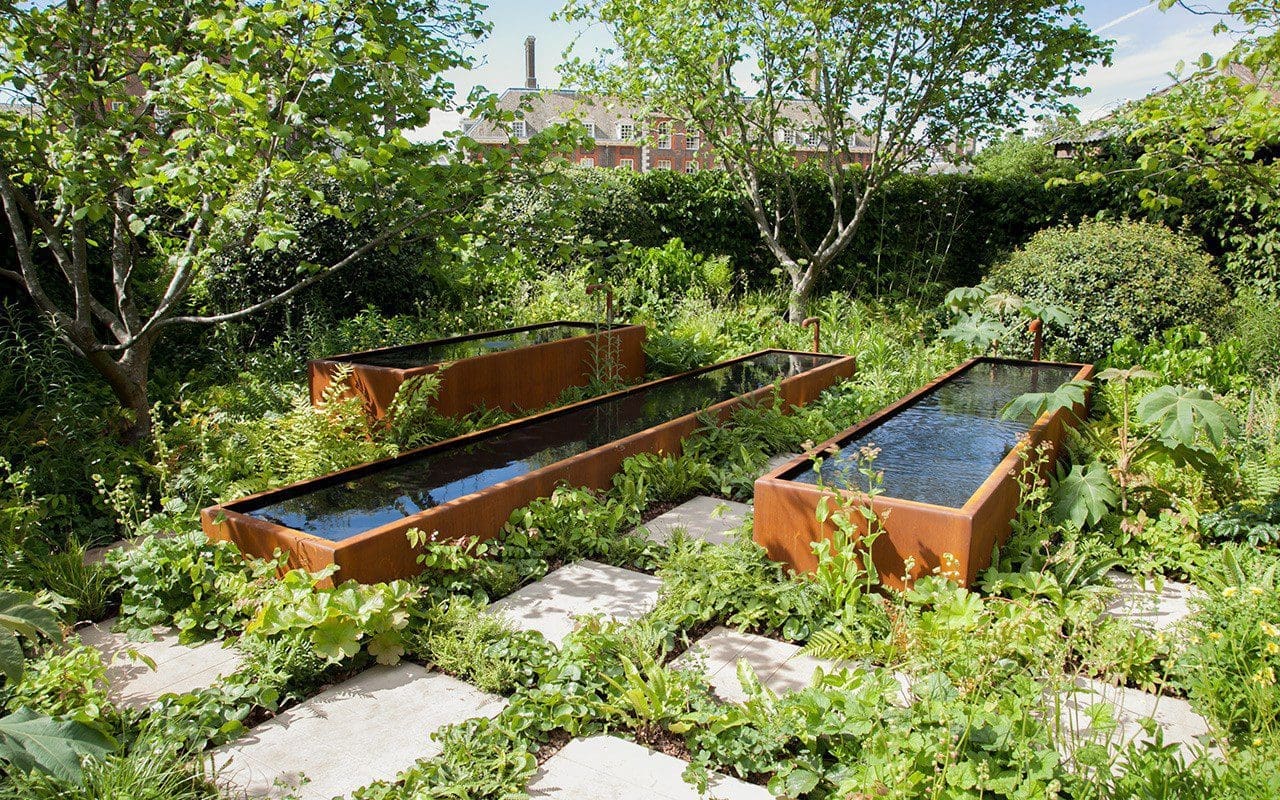
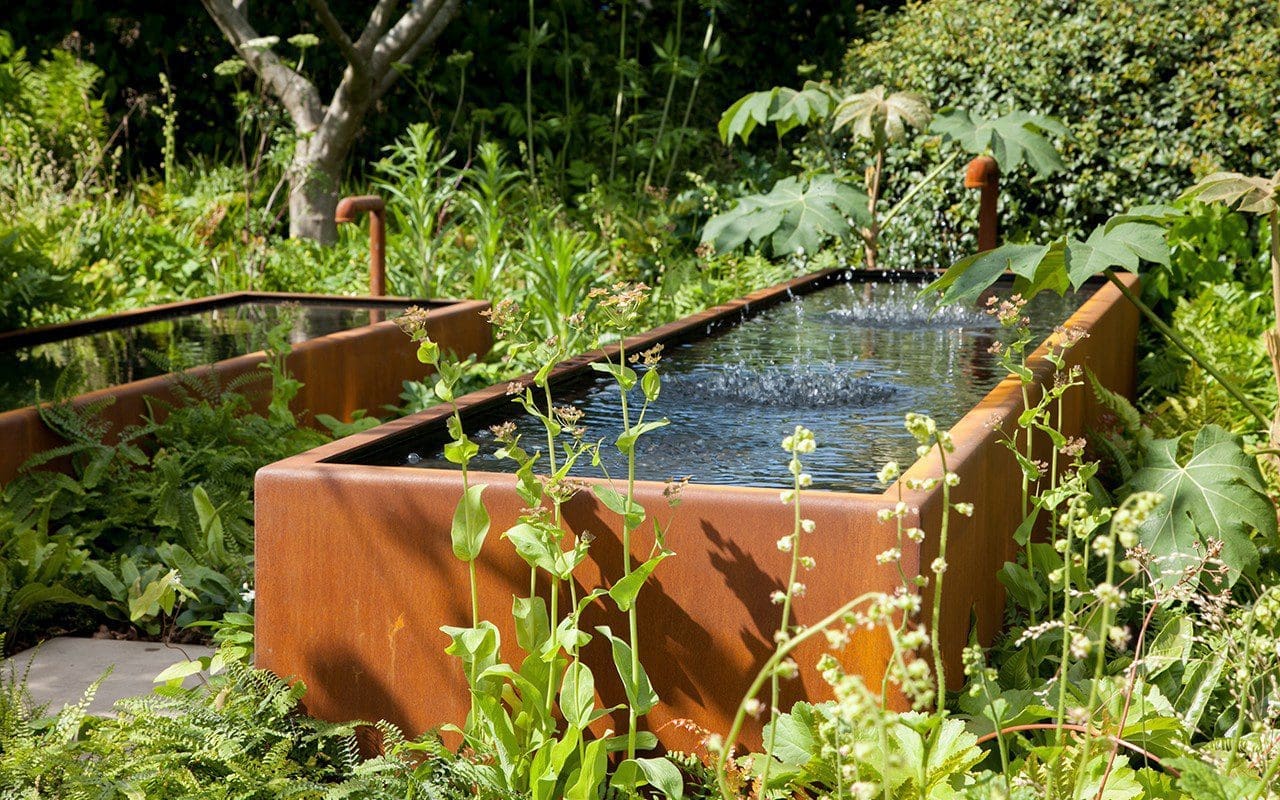
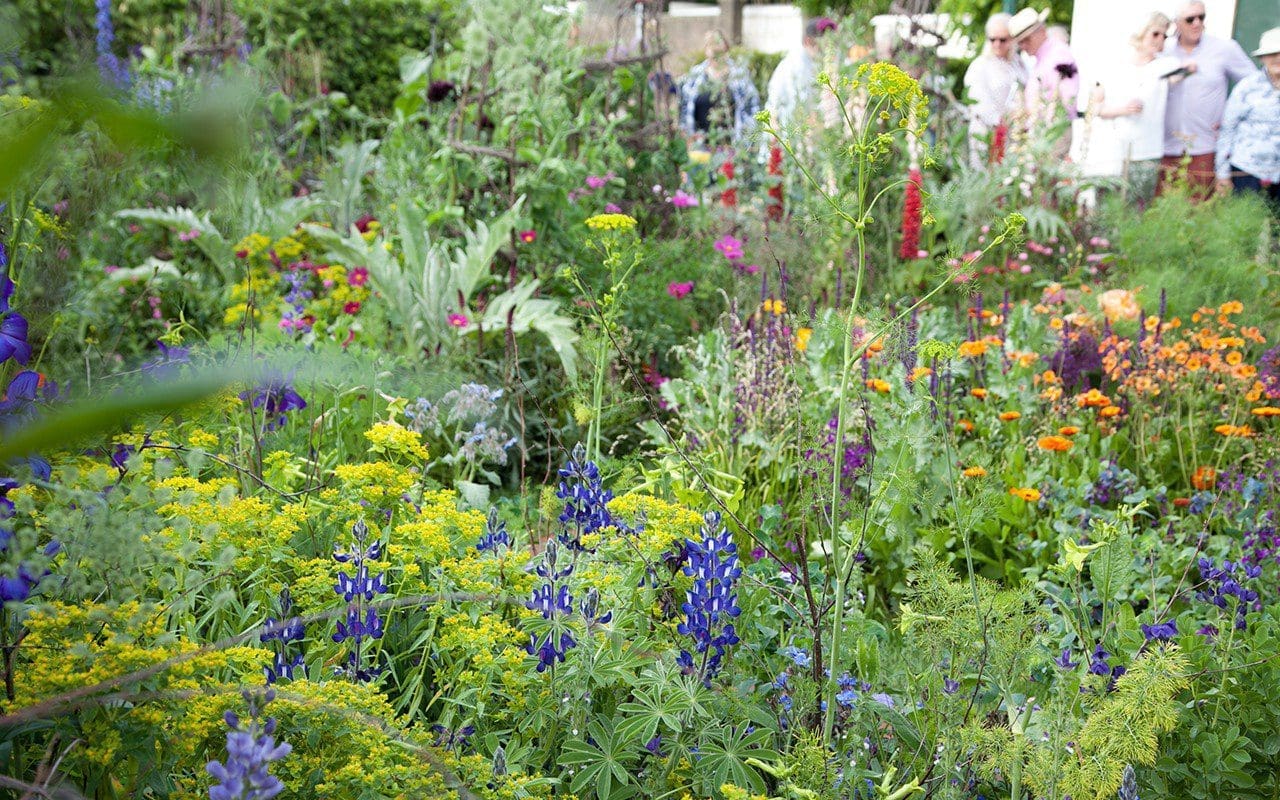
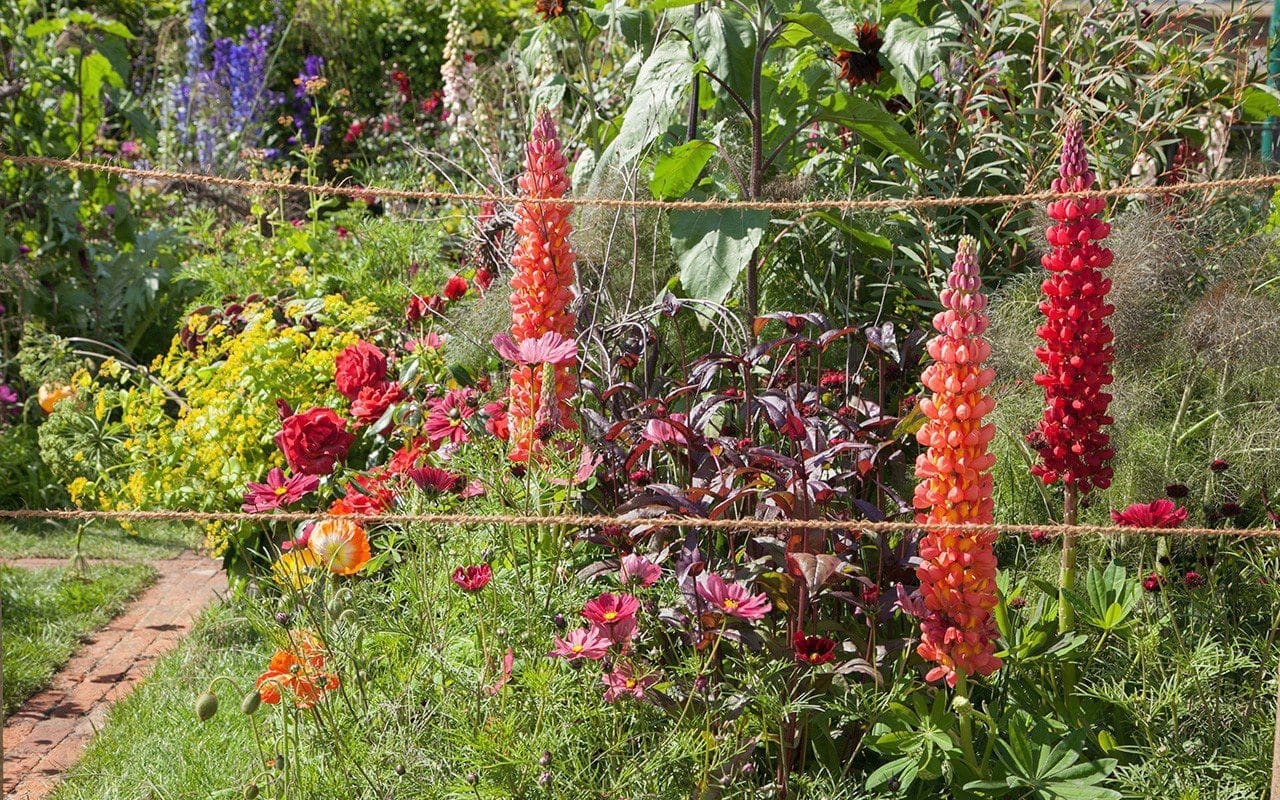
Words: Dan Pearson / Photographs: Huw Morgan
Published 27 May 2017
 Previous
Previous
 Next
Next
